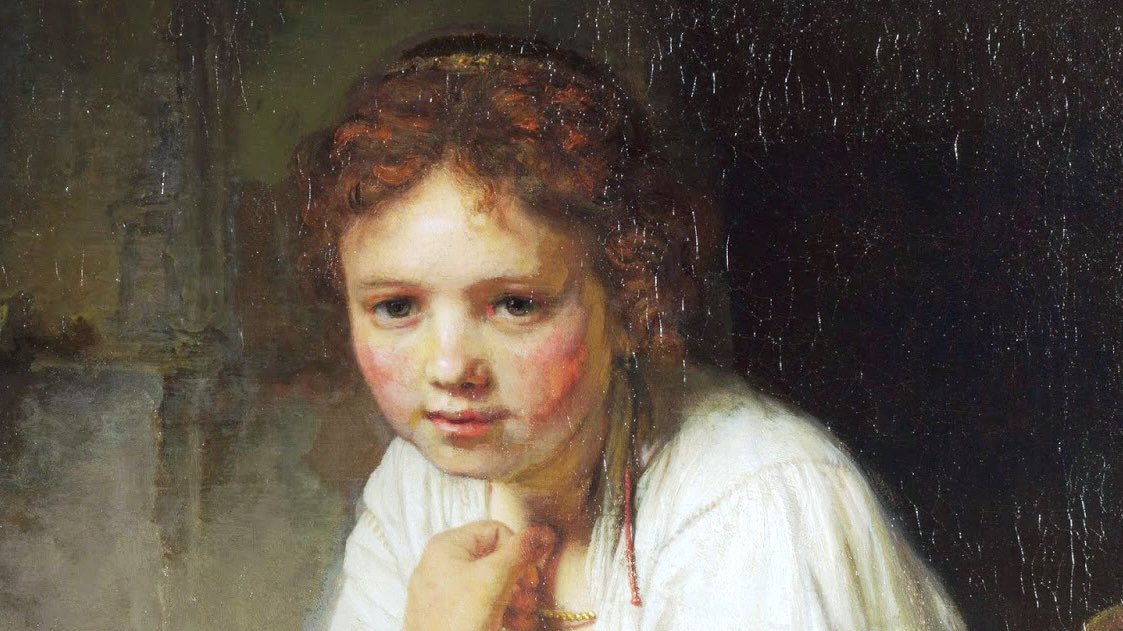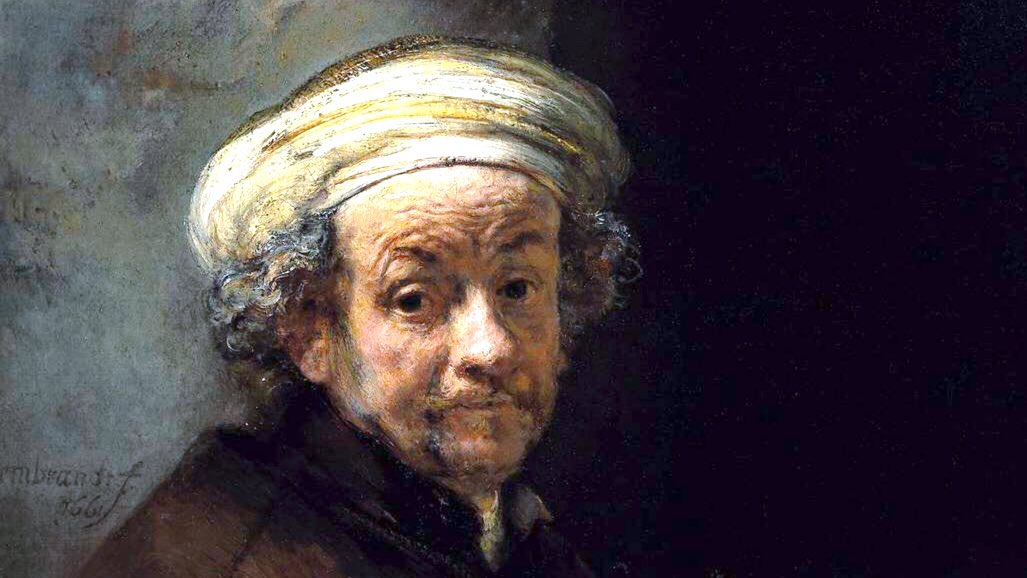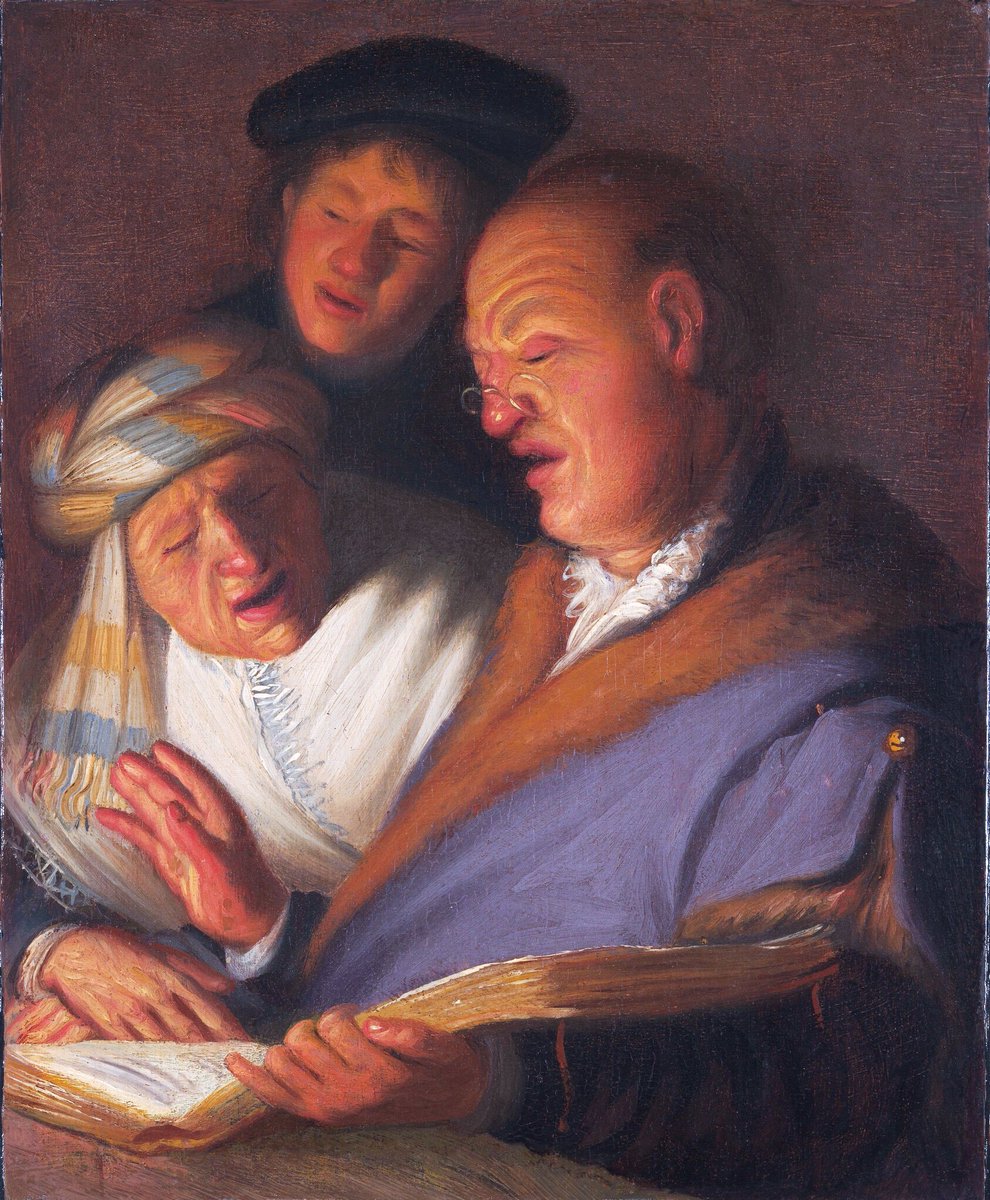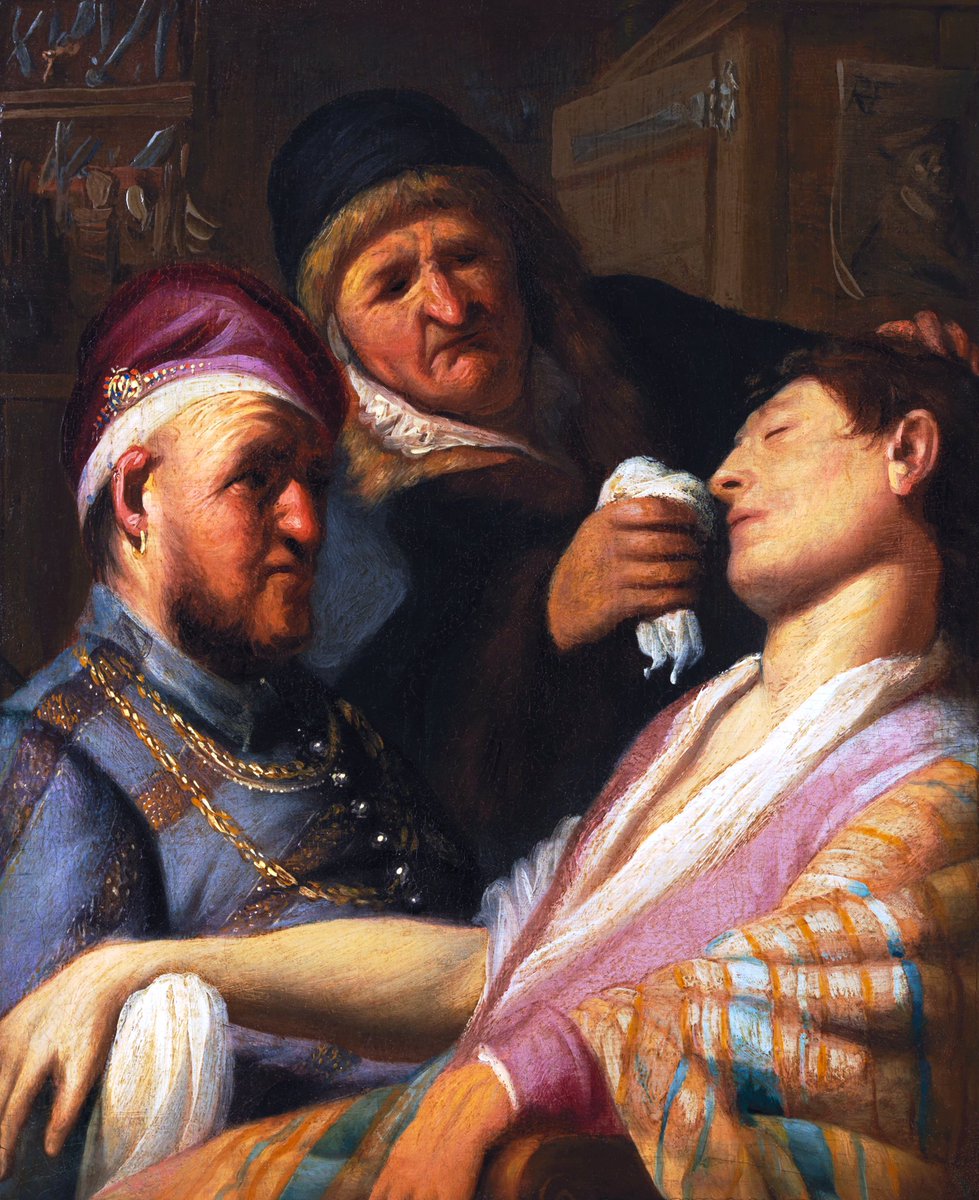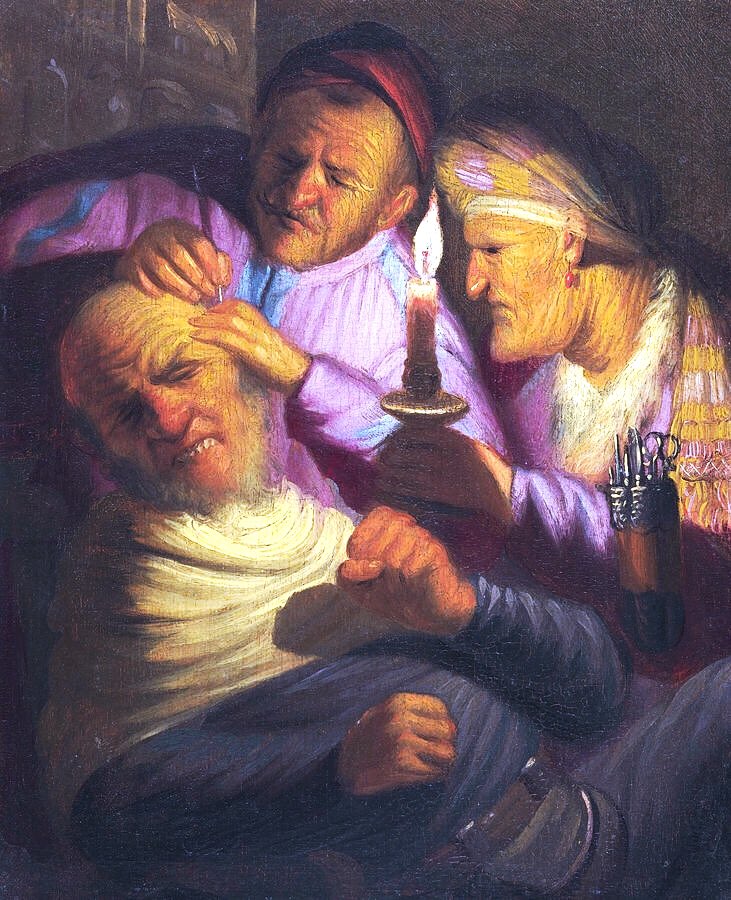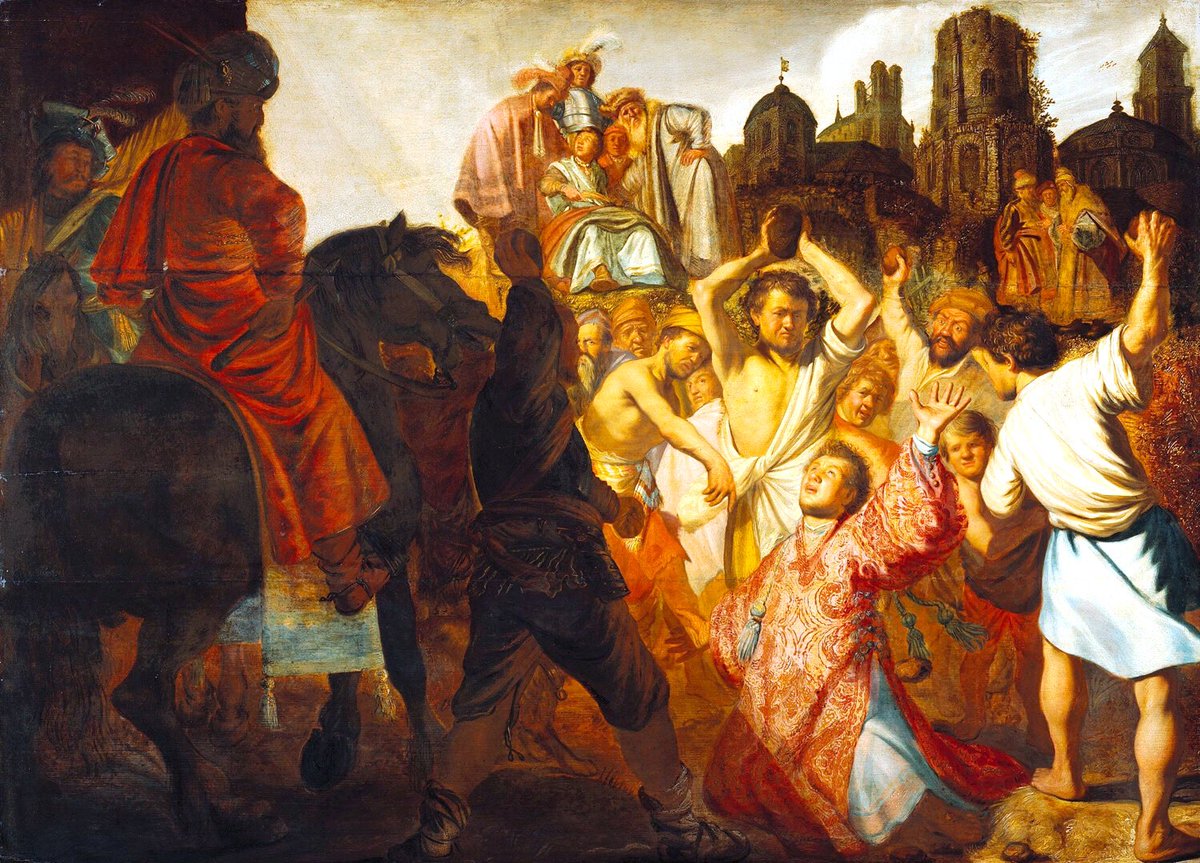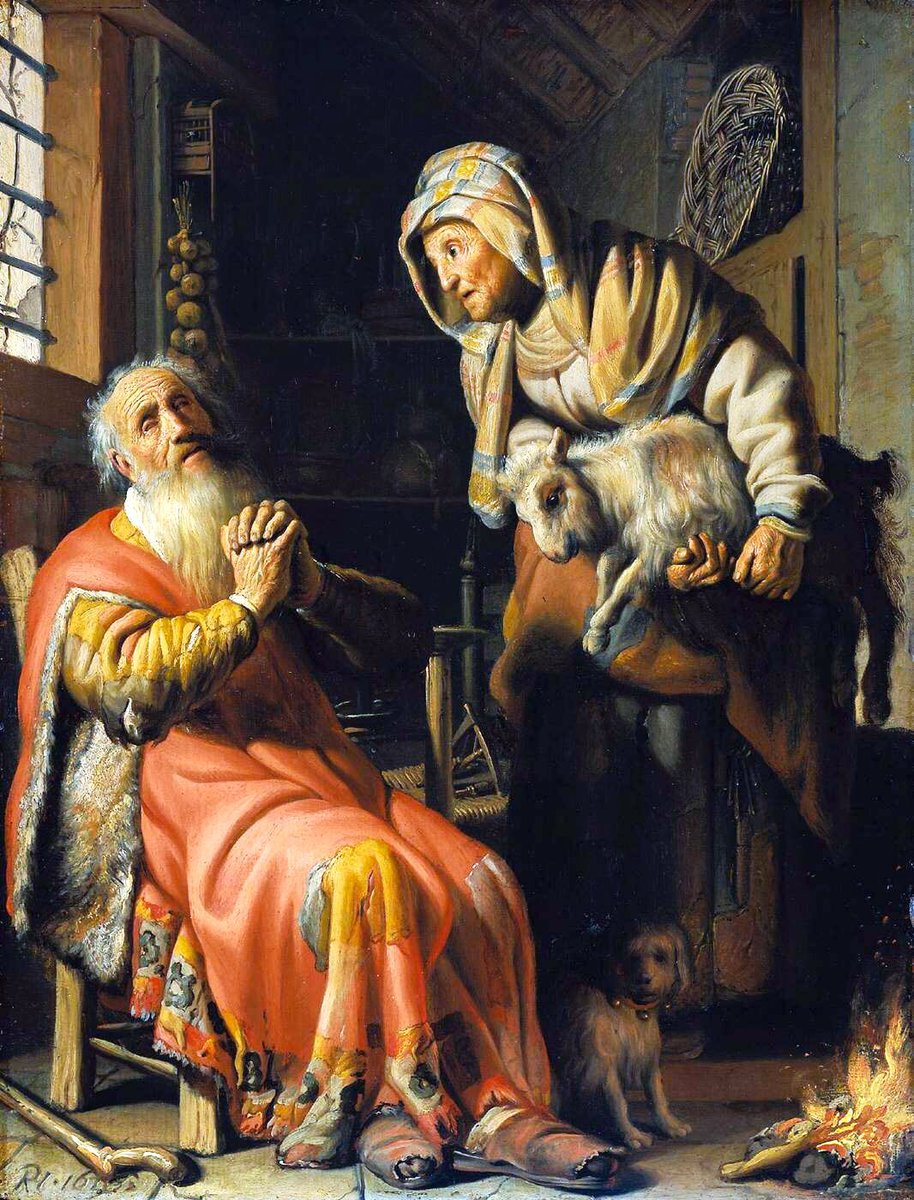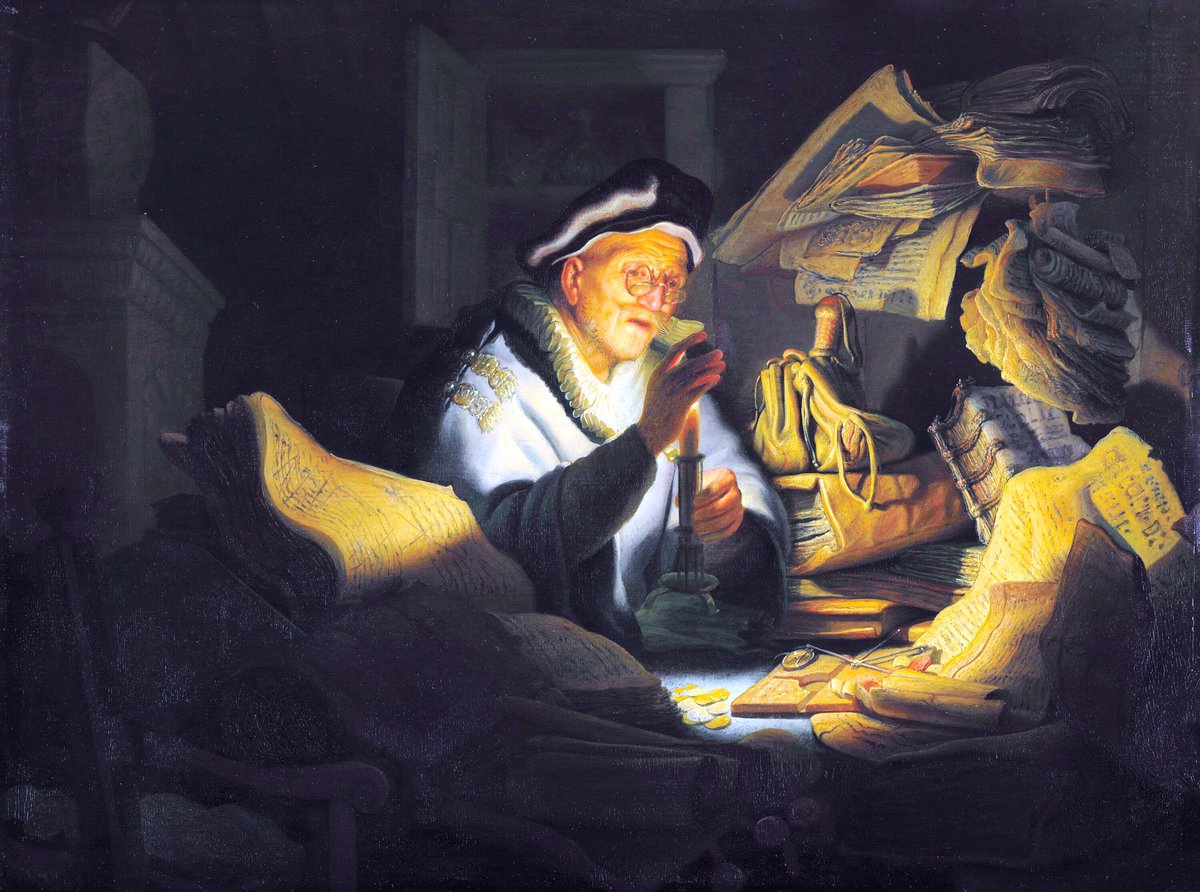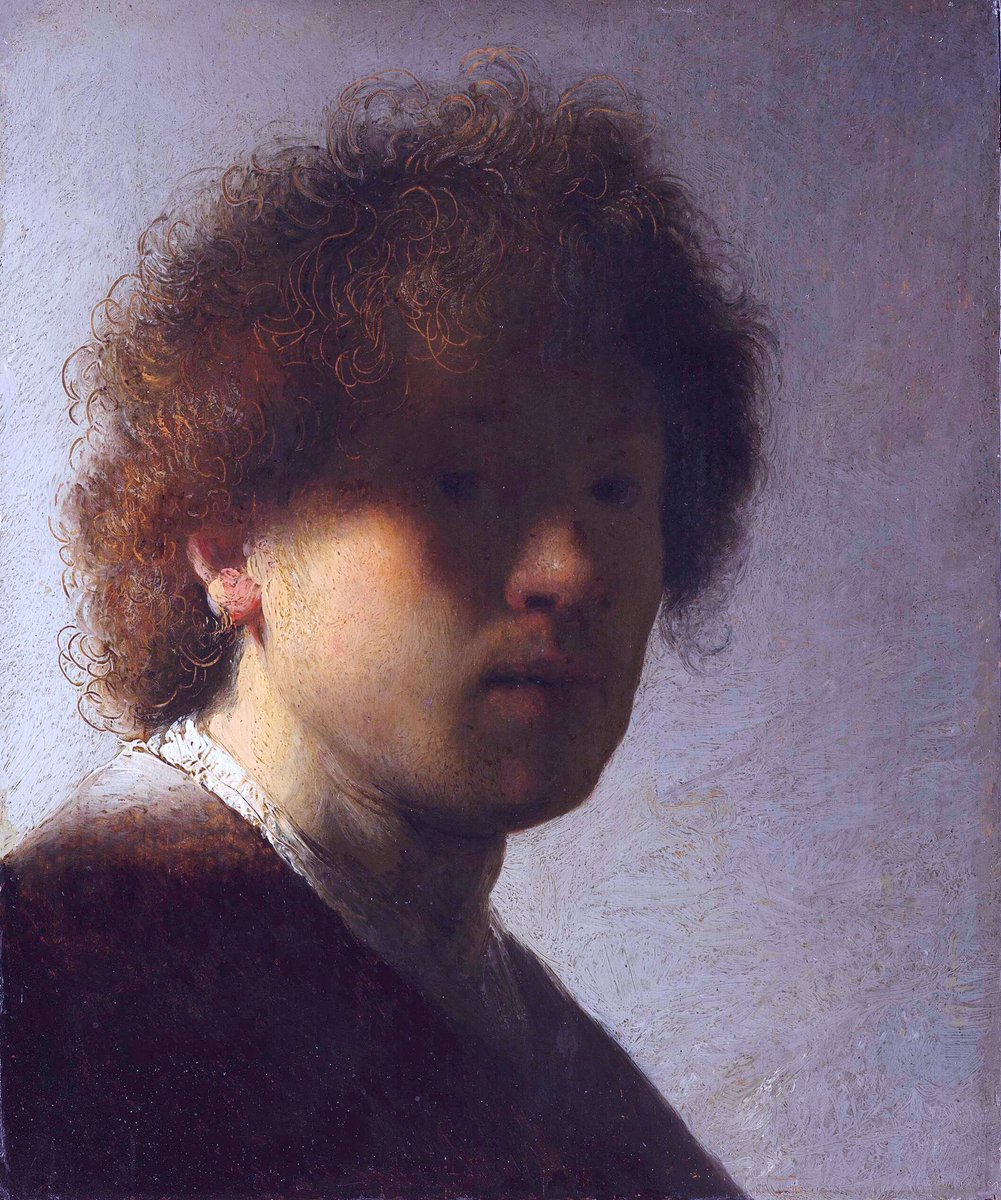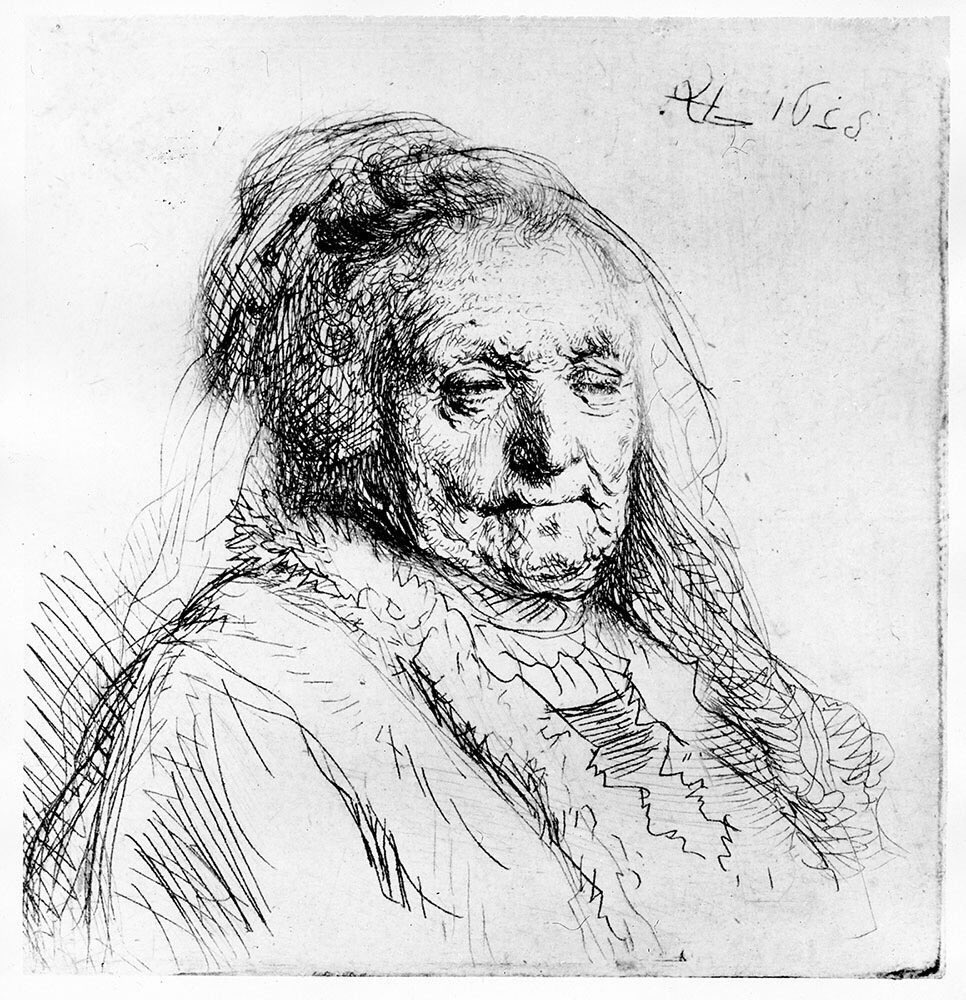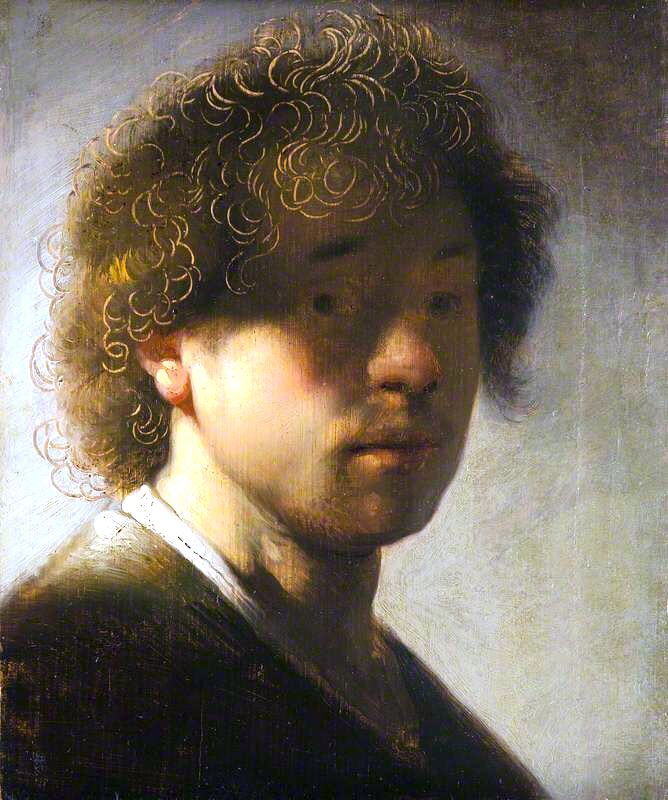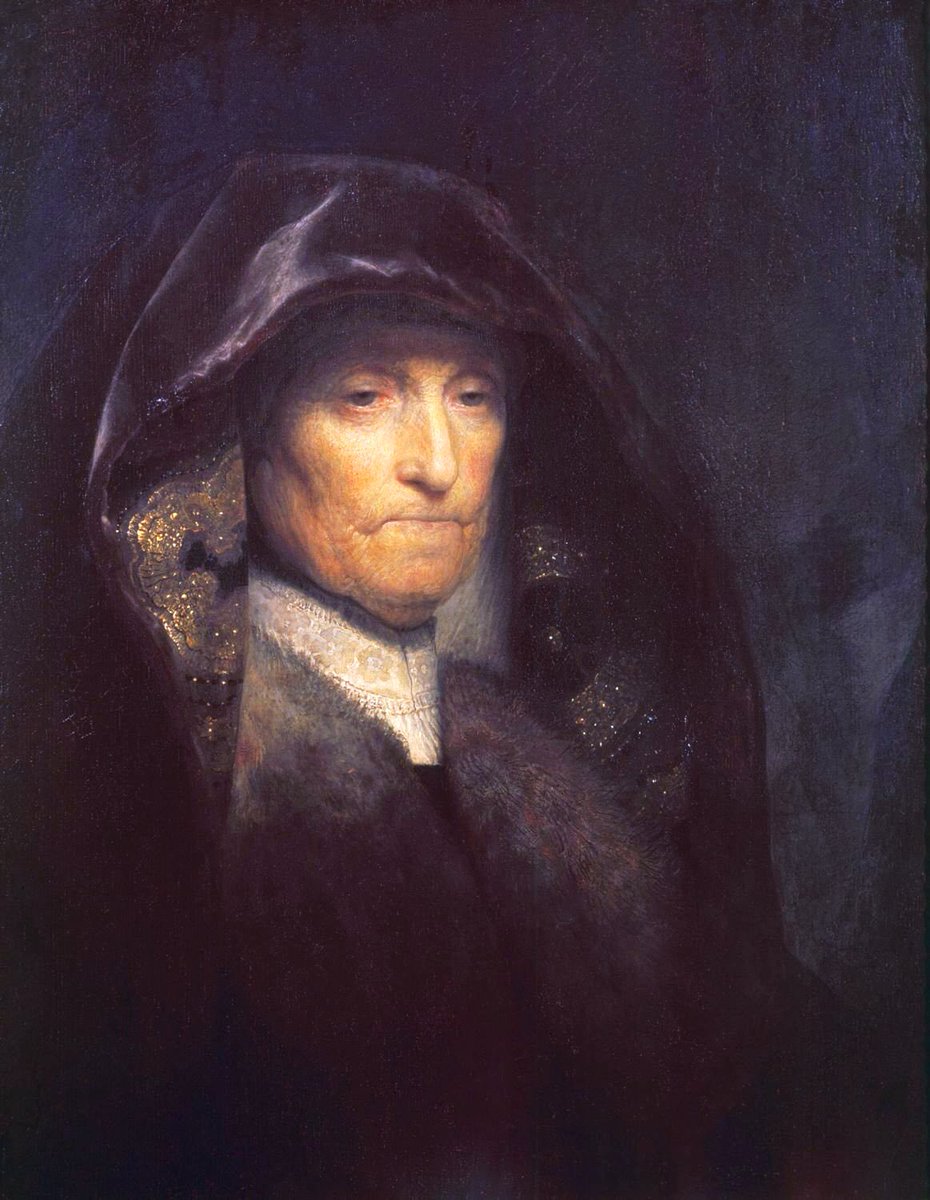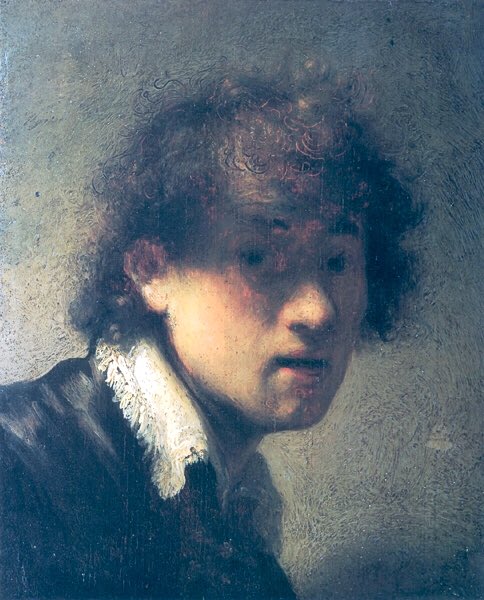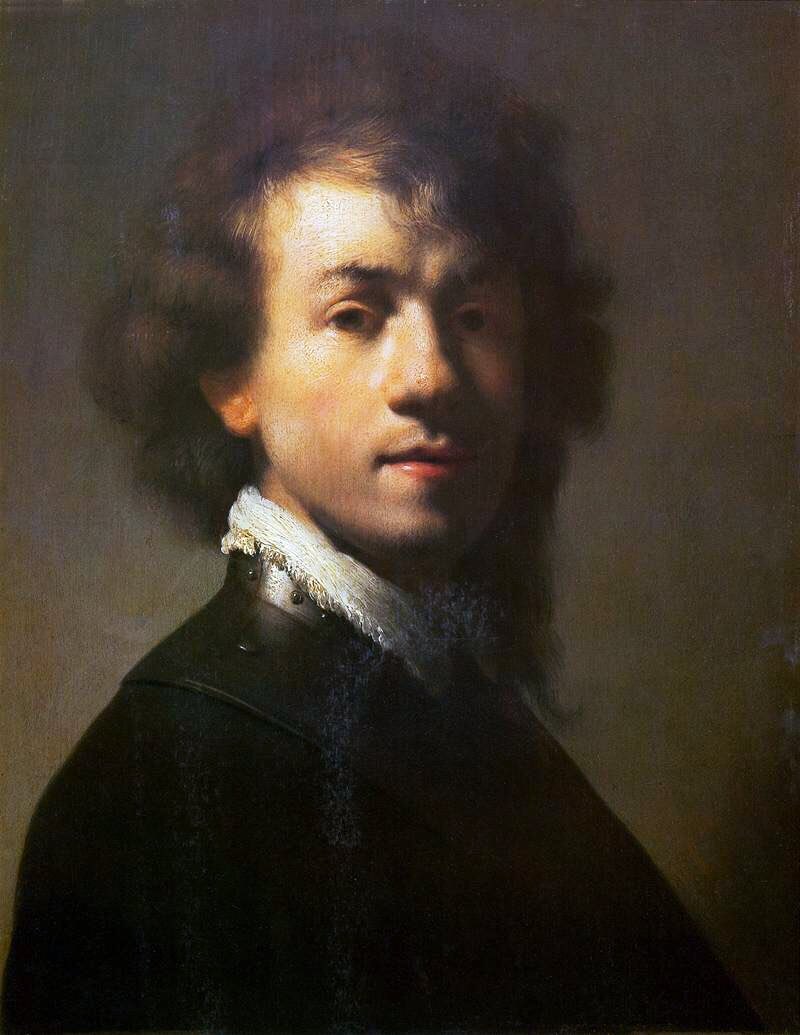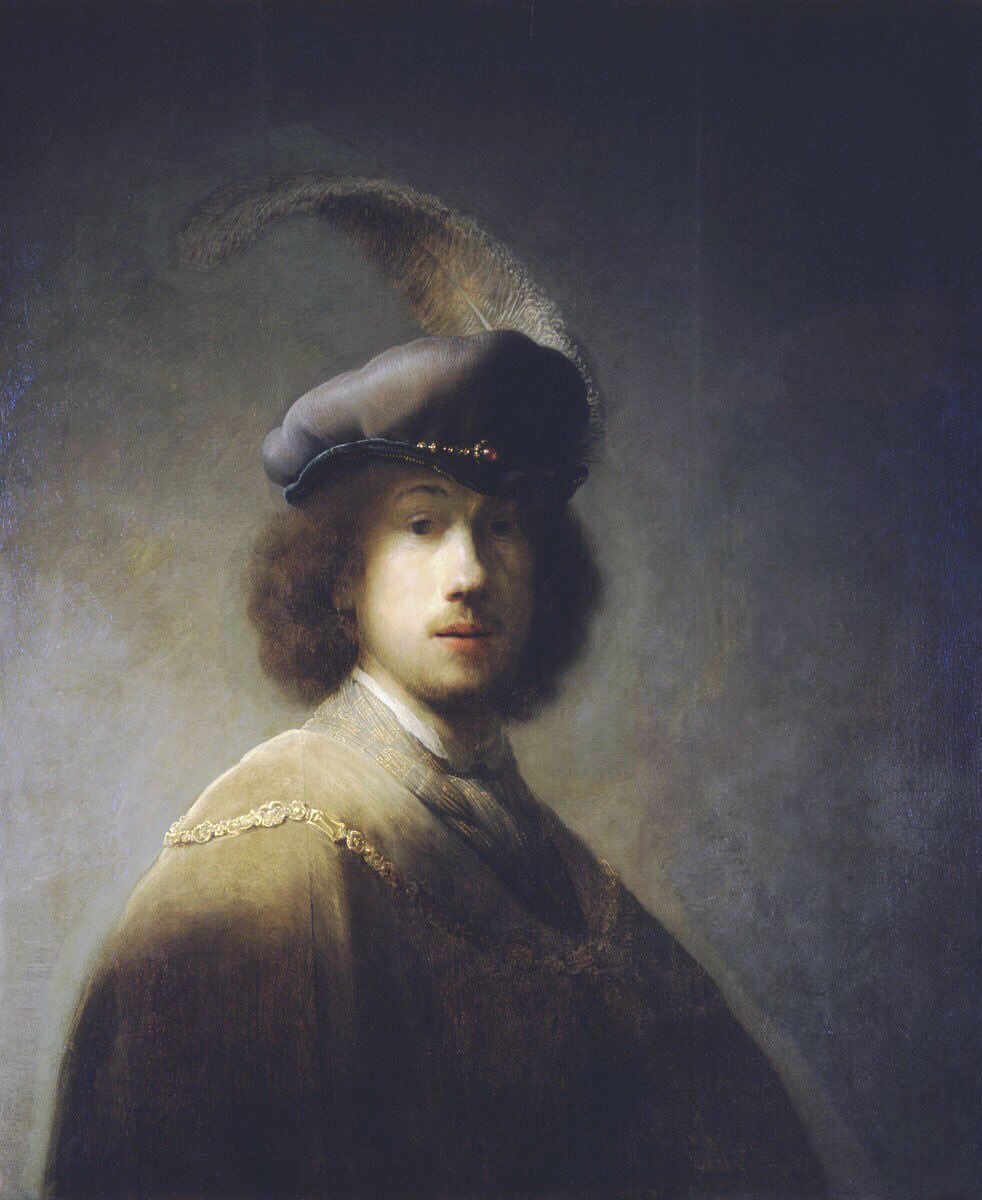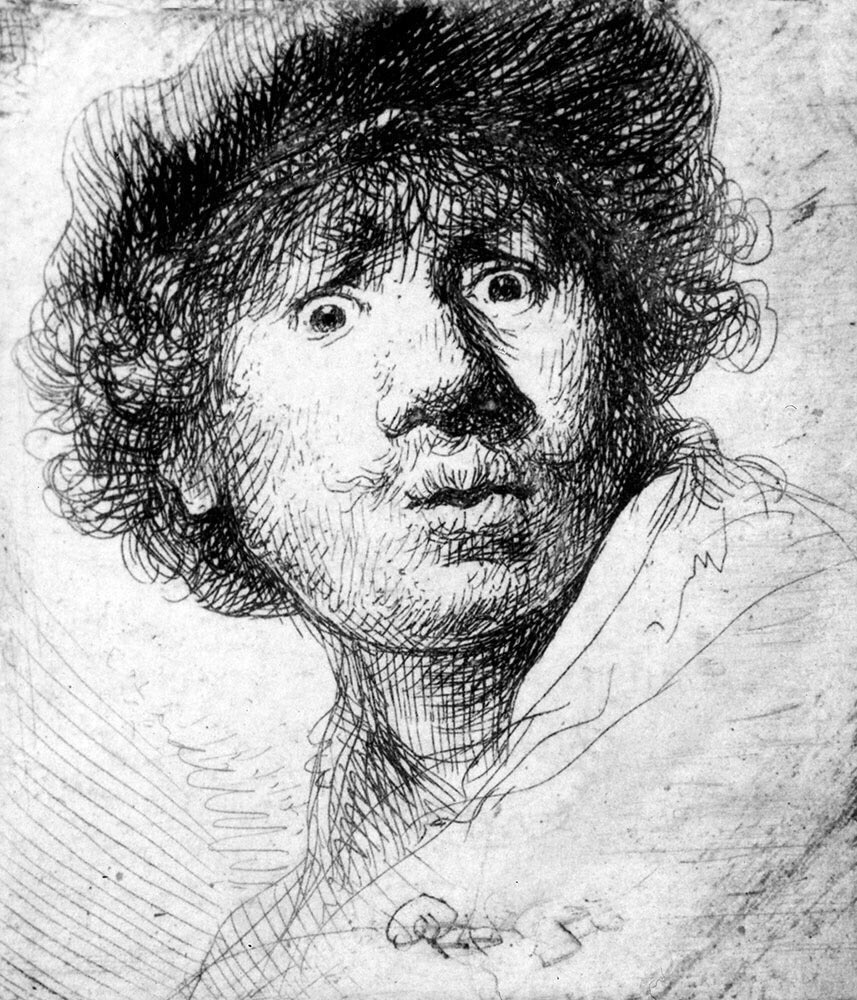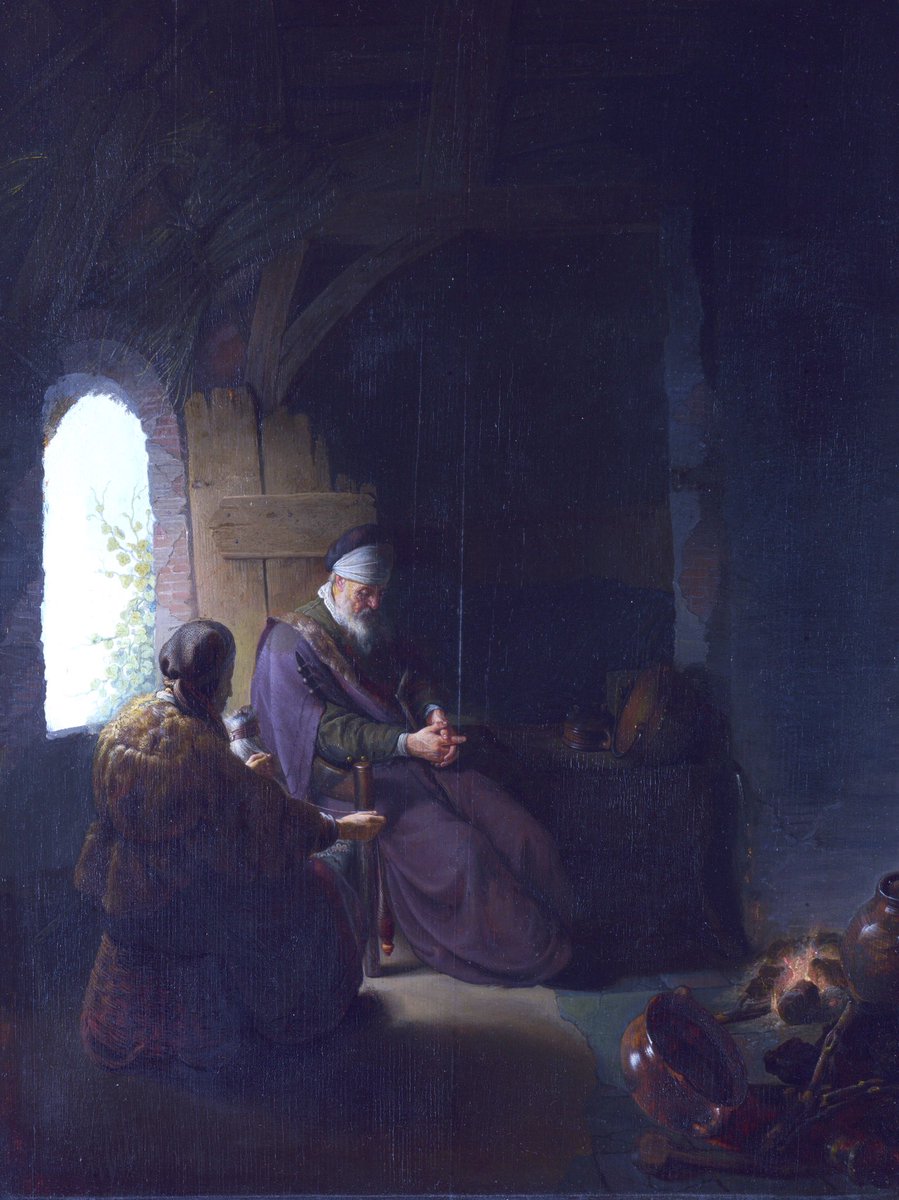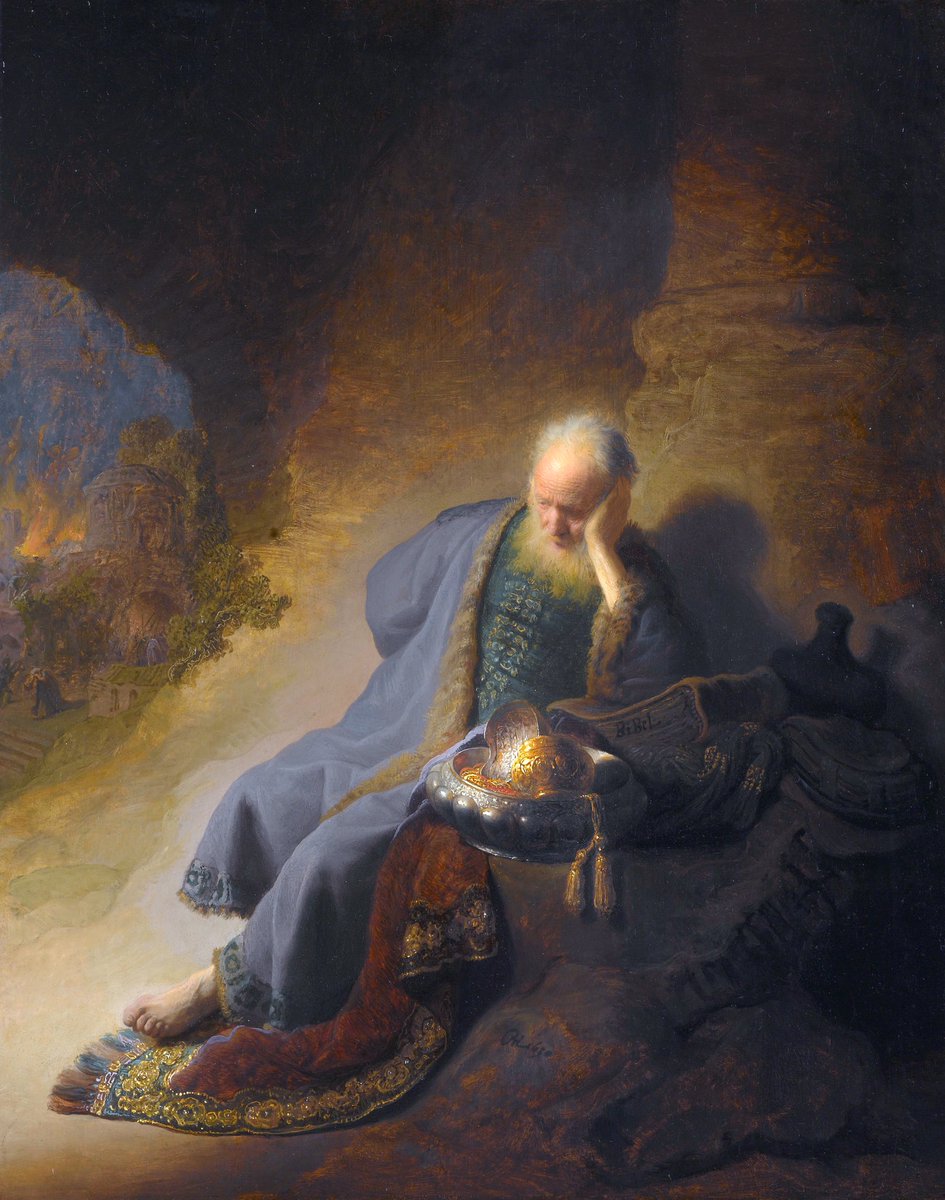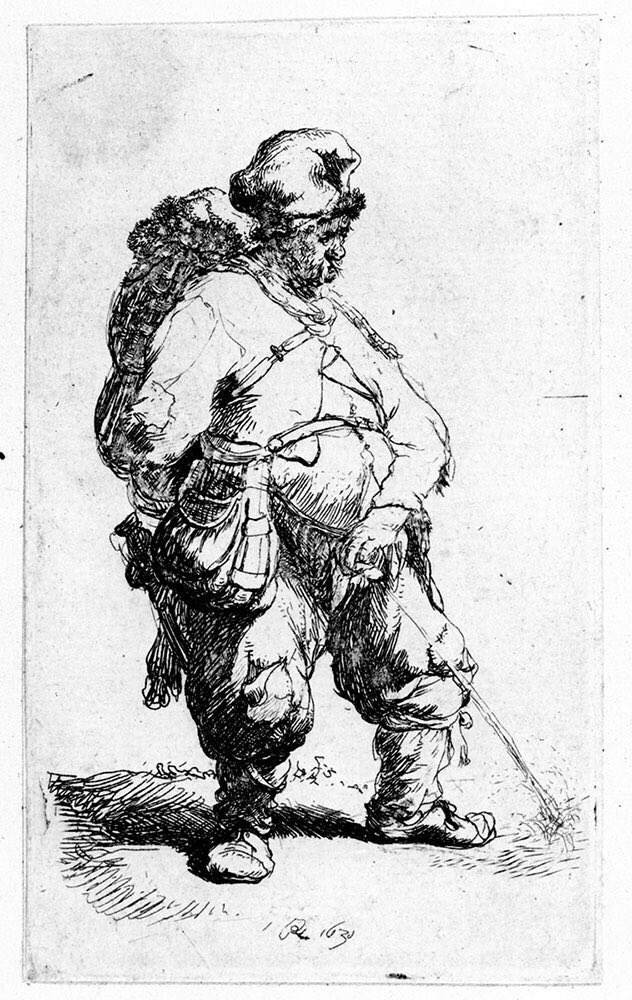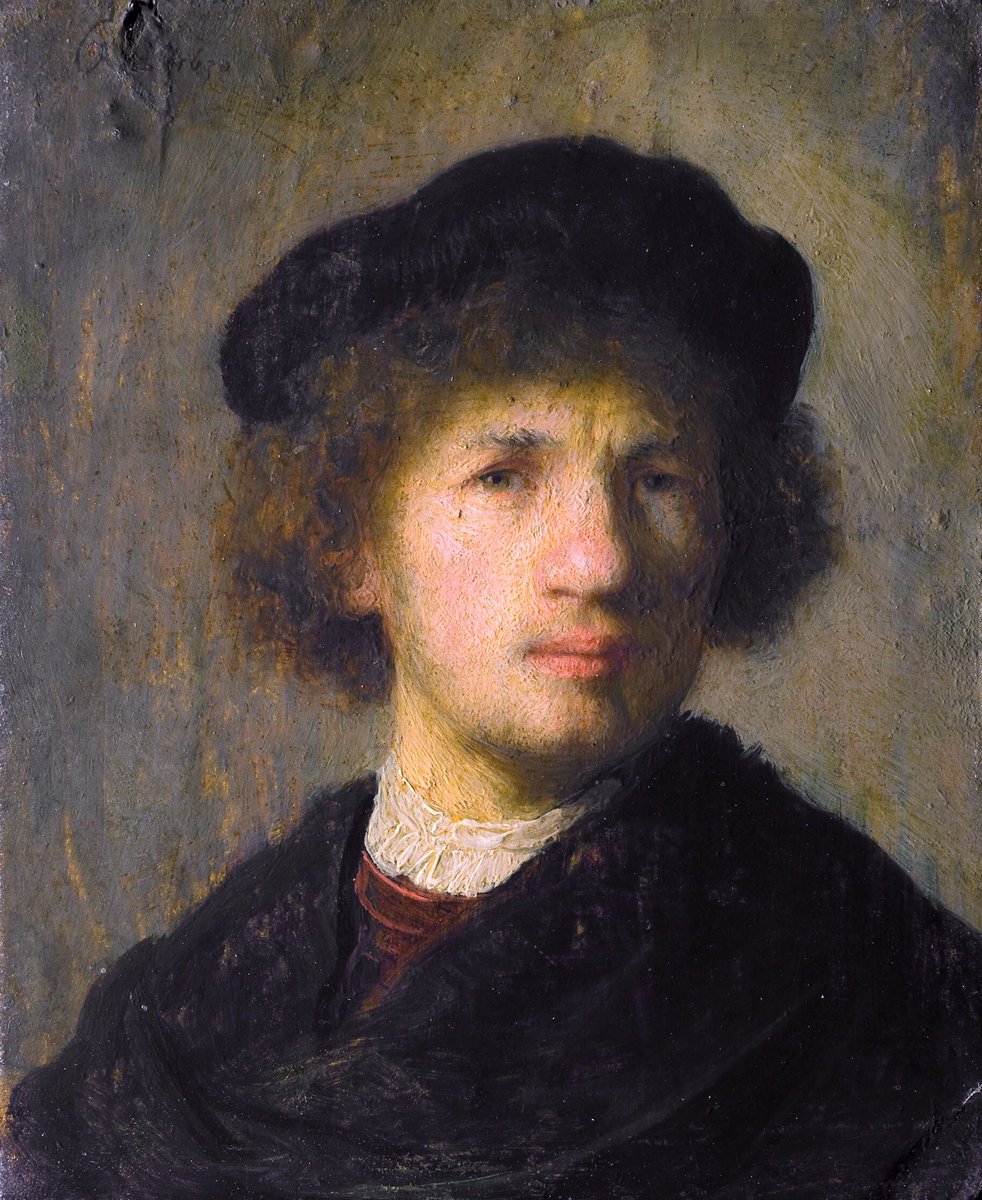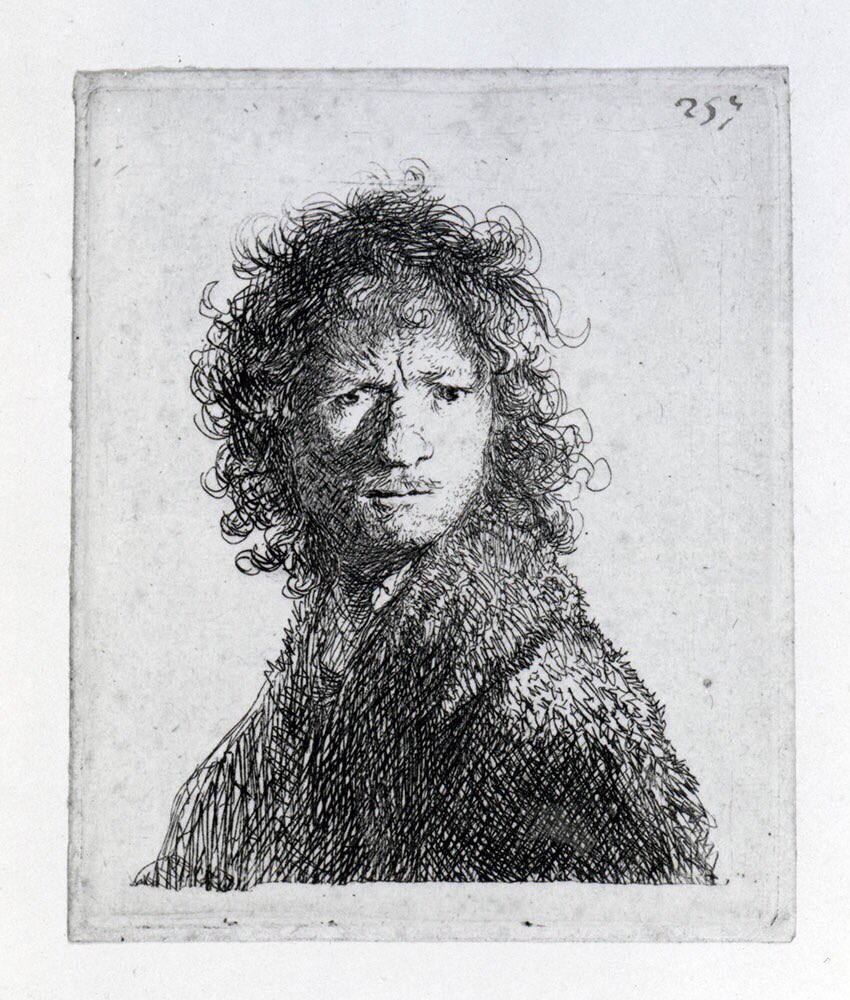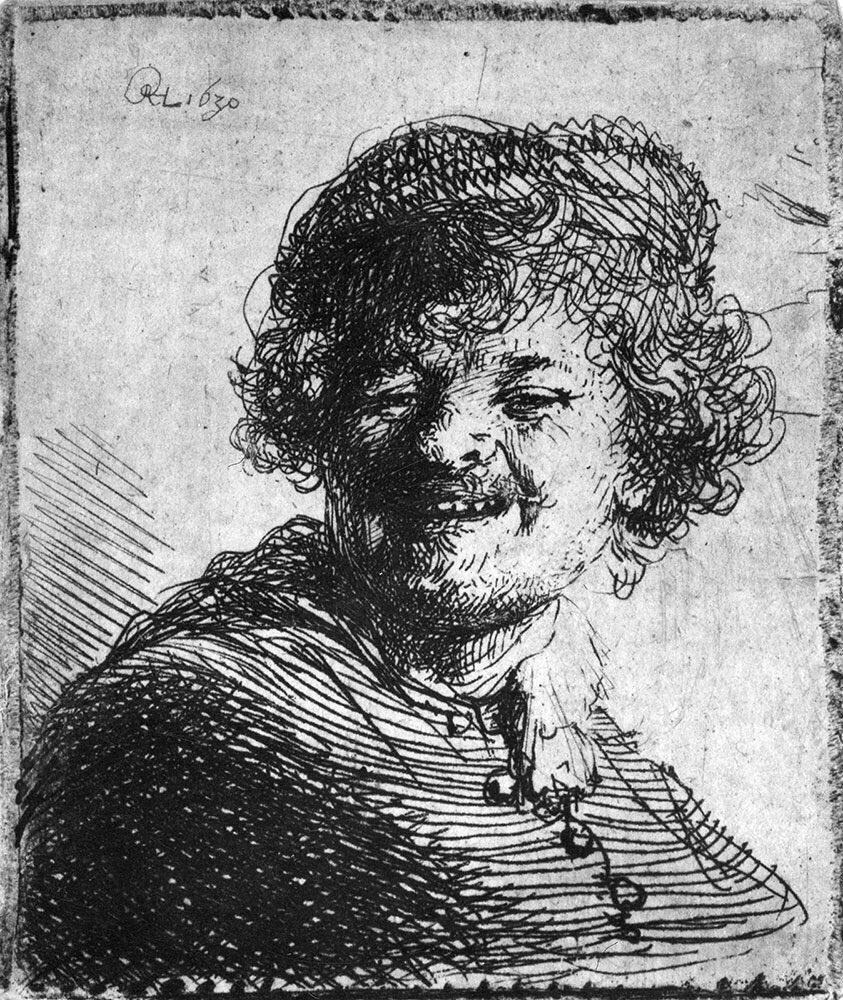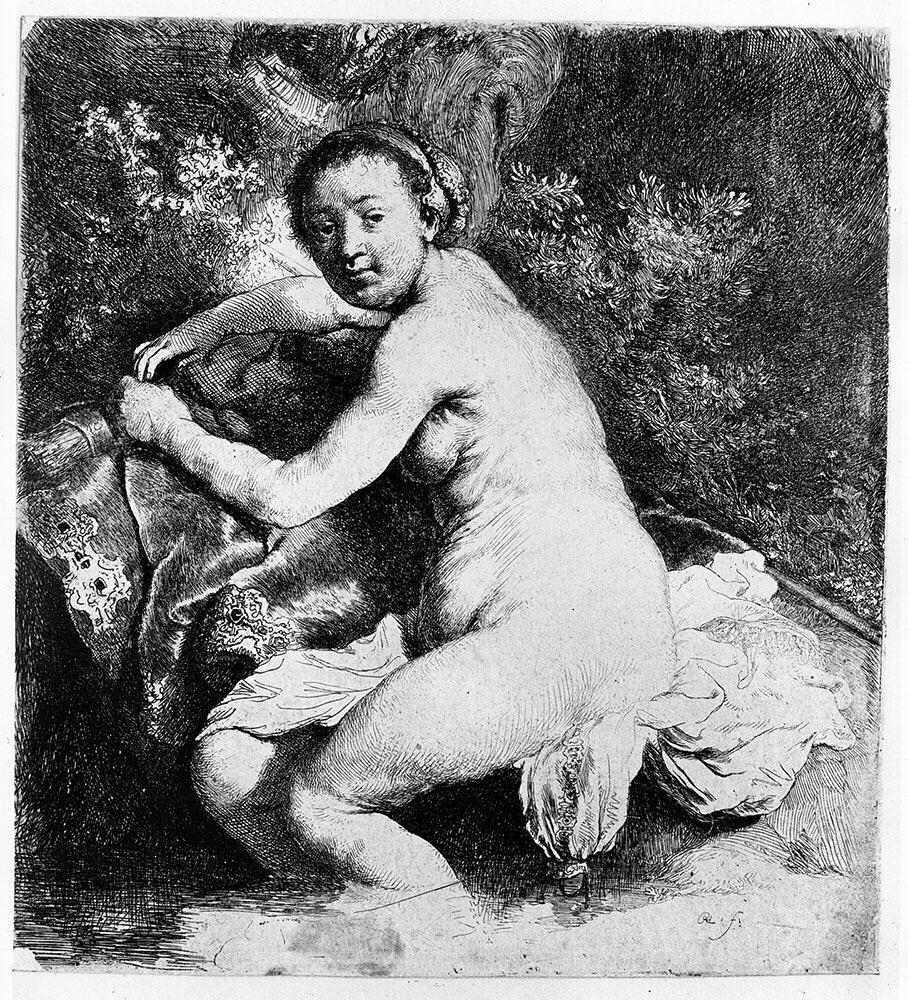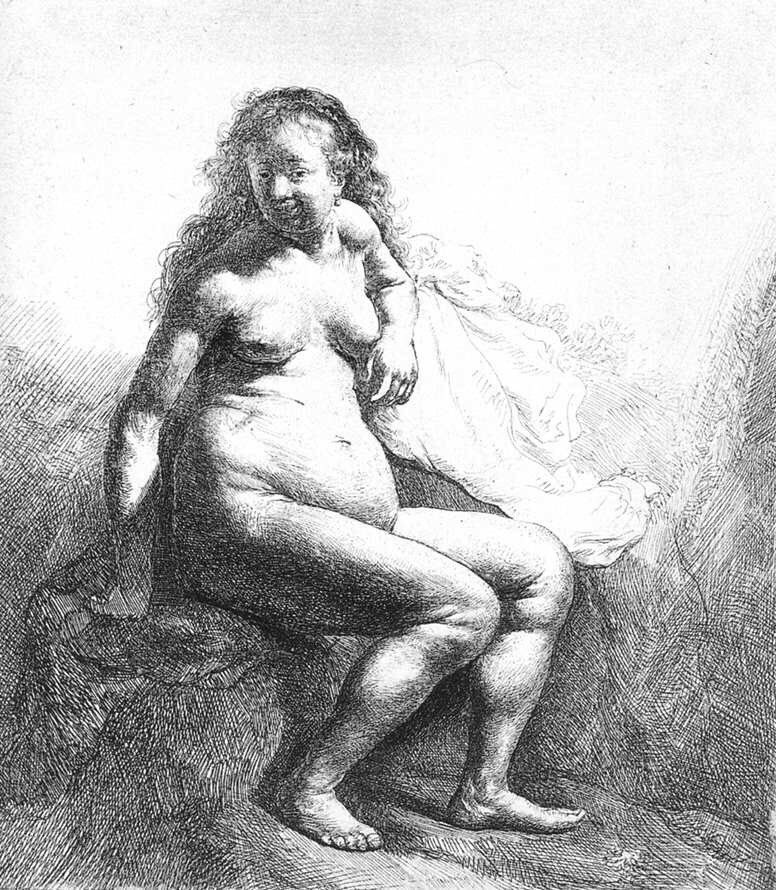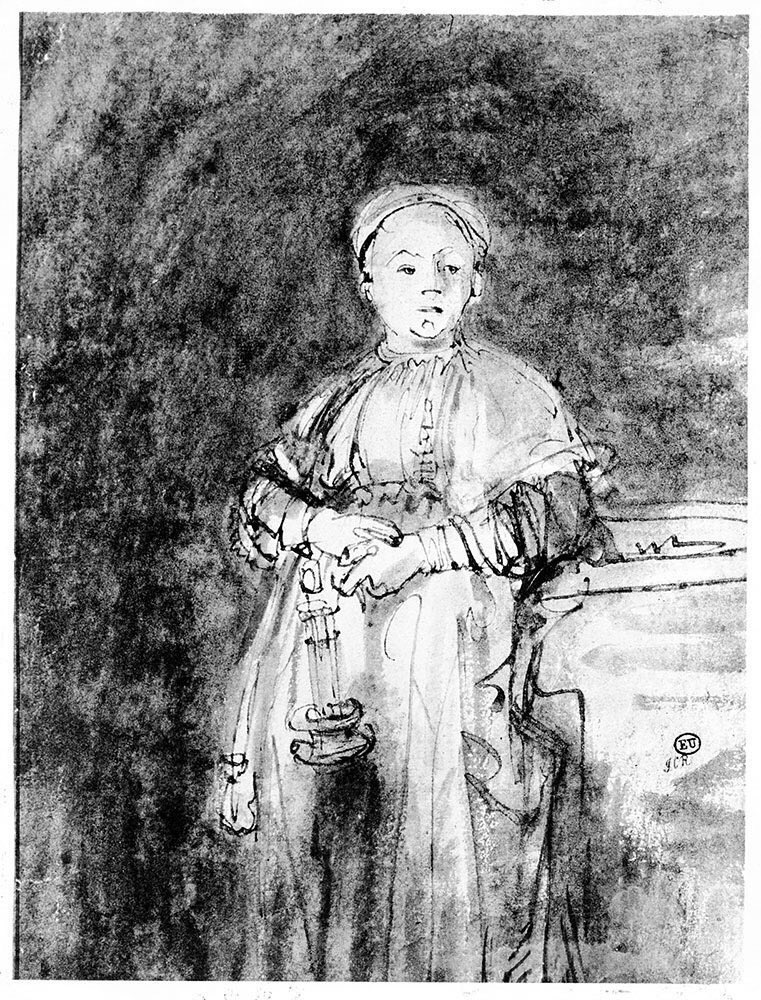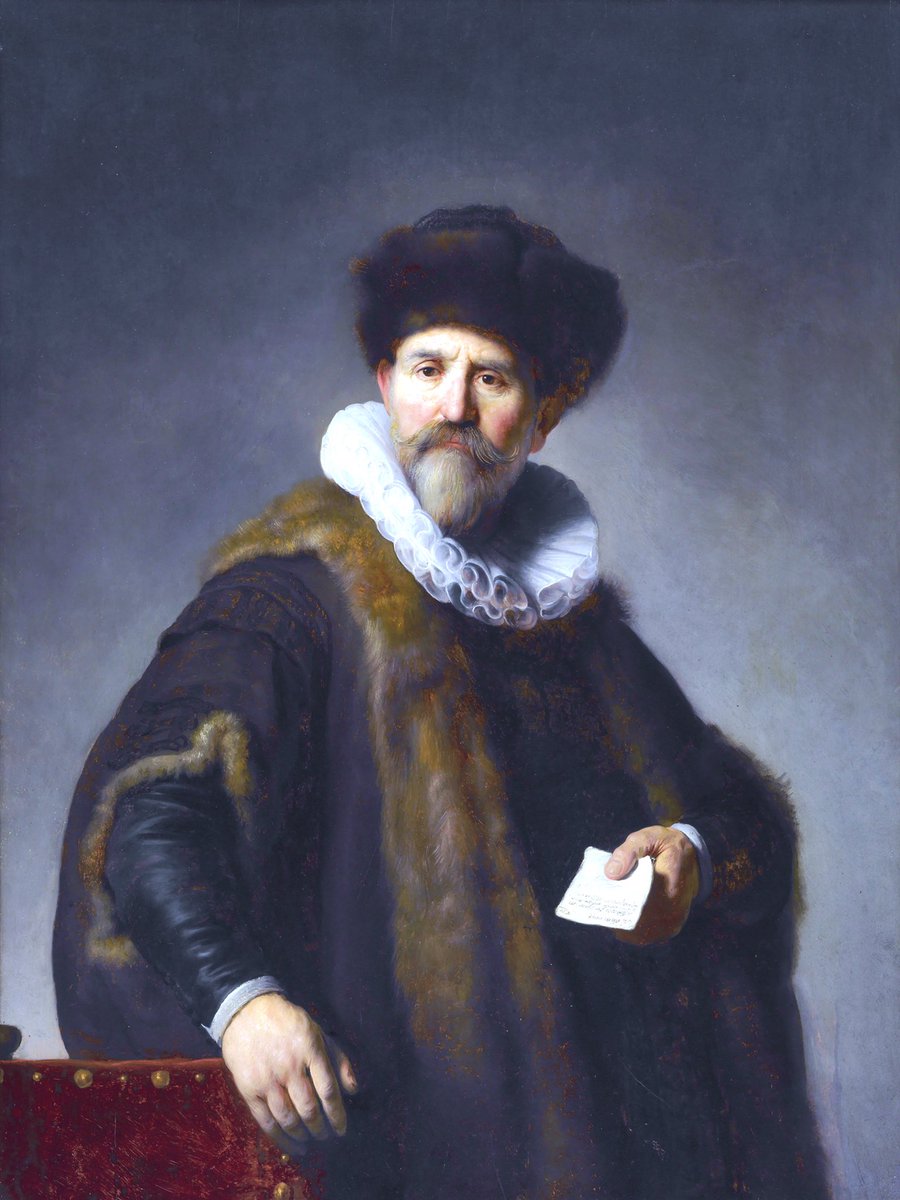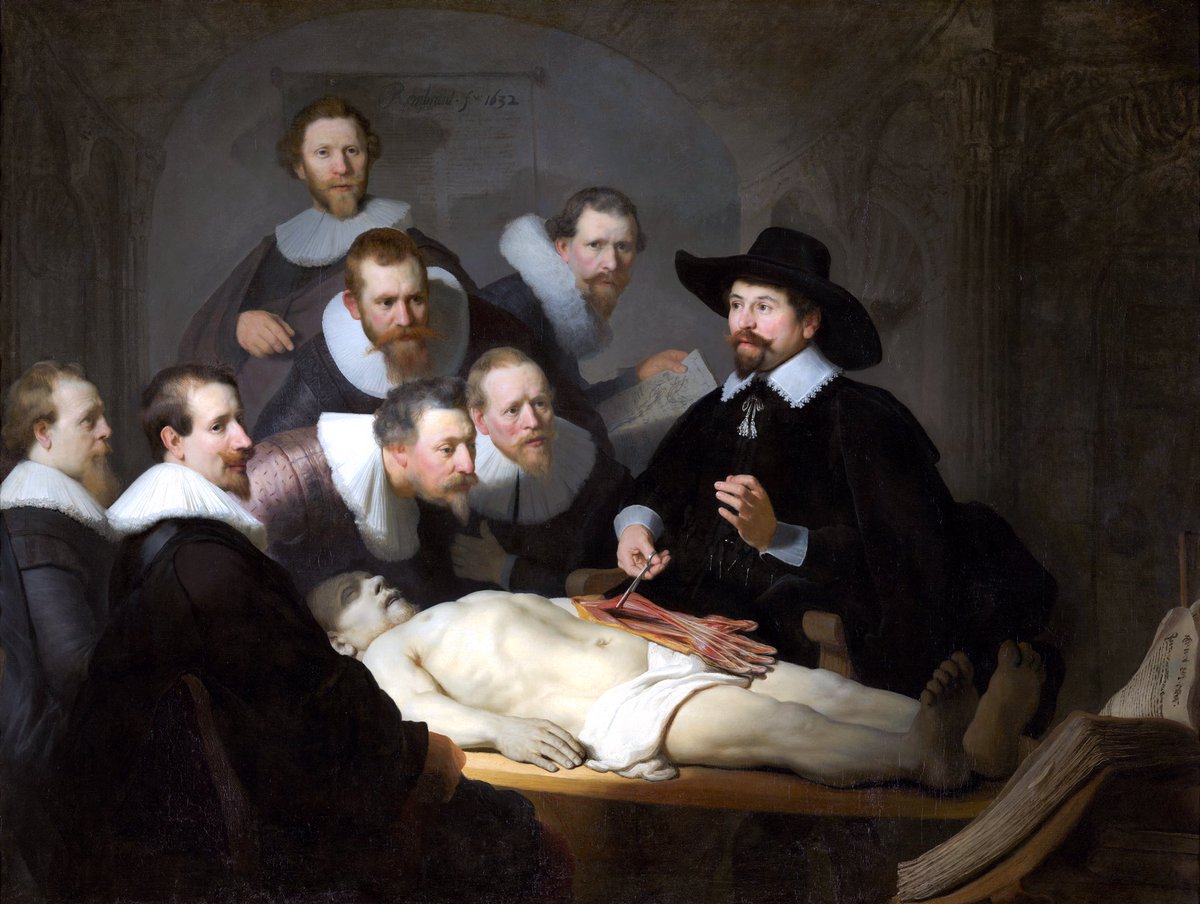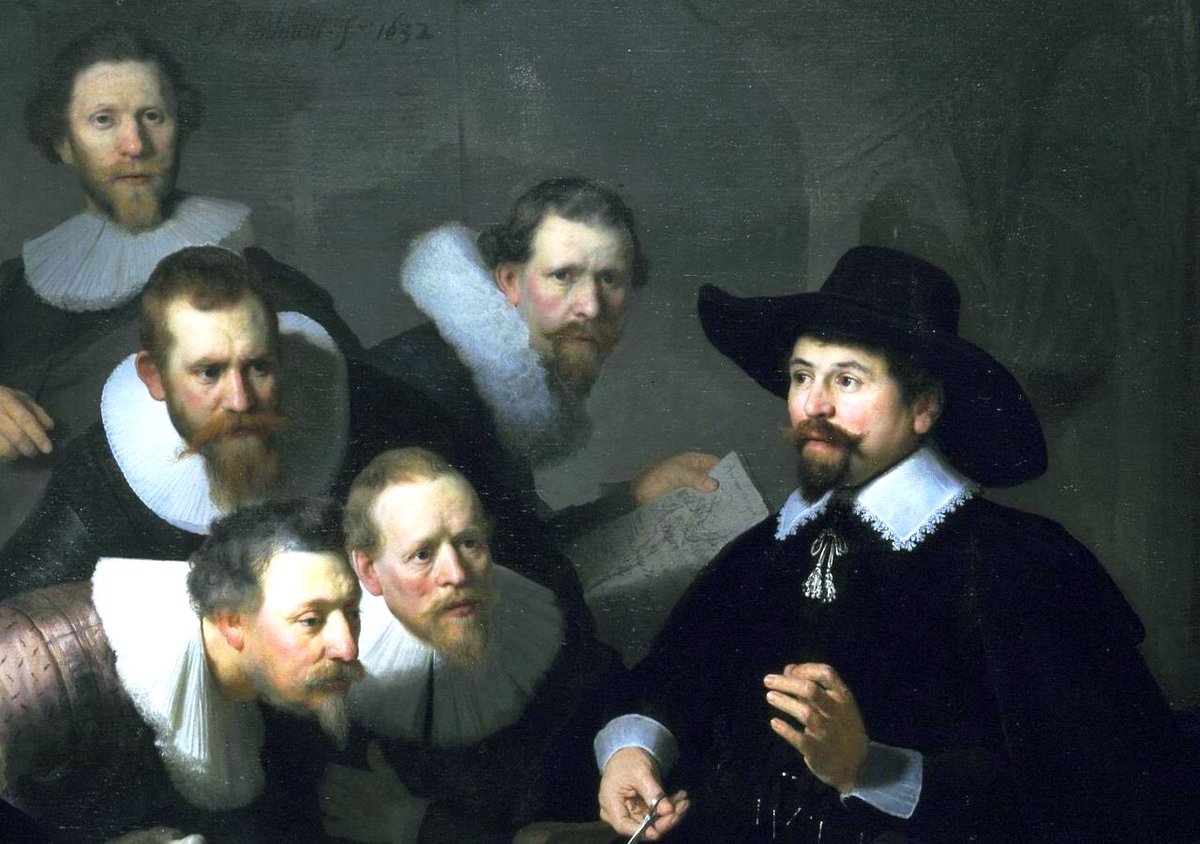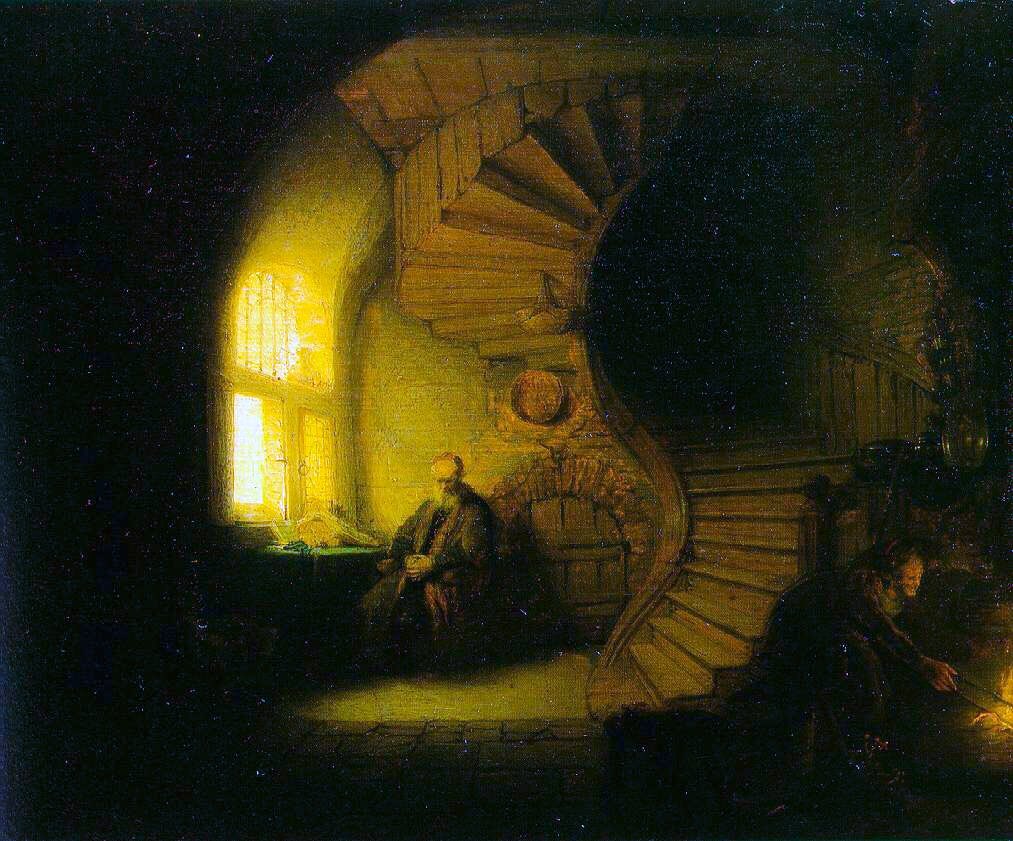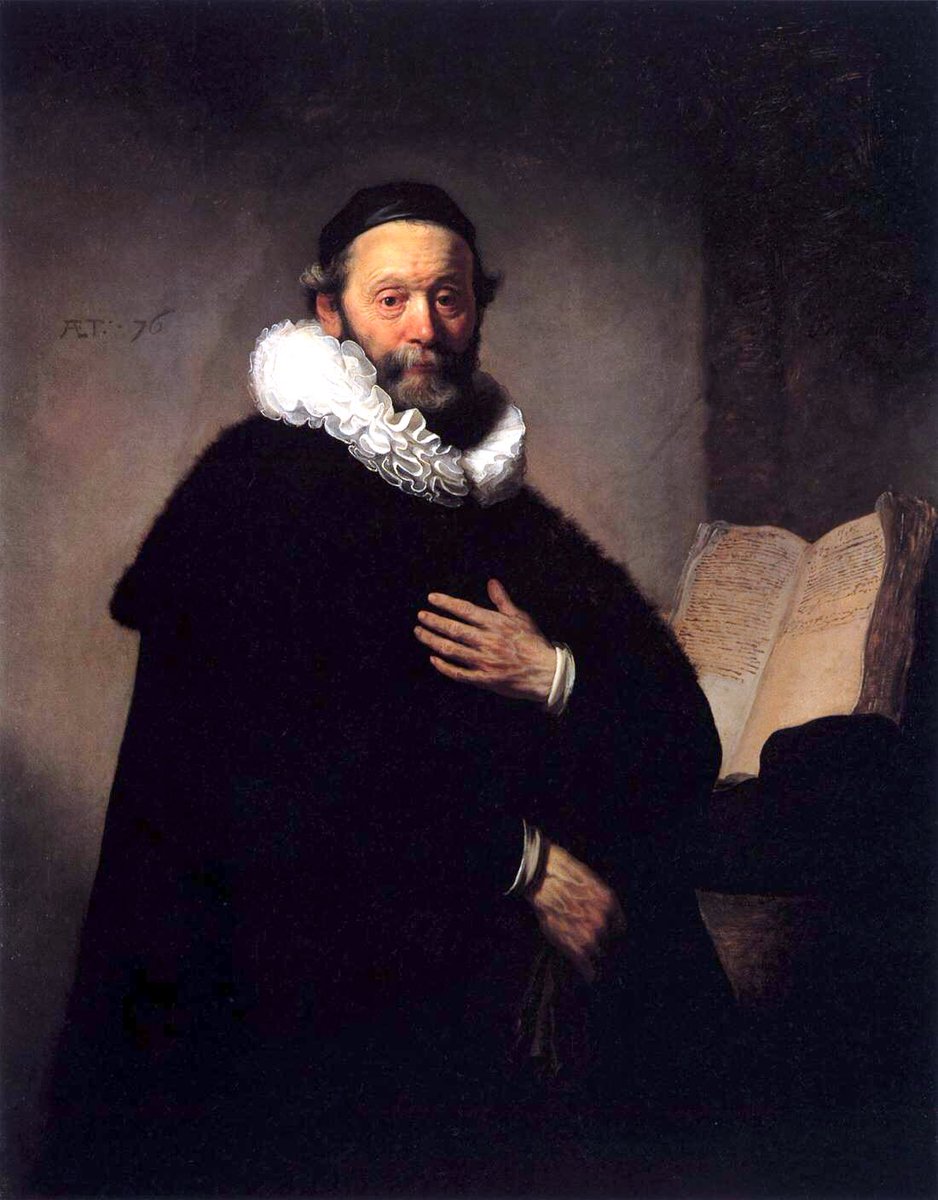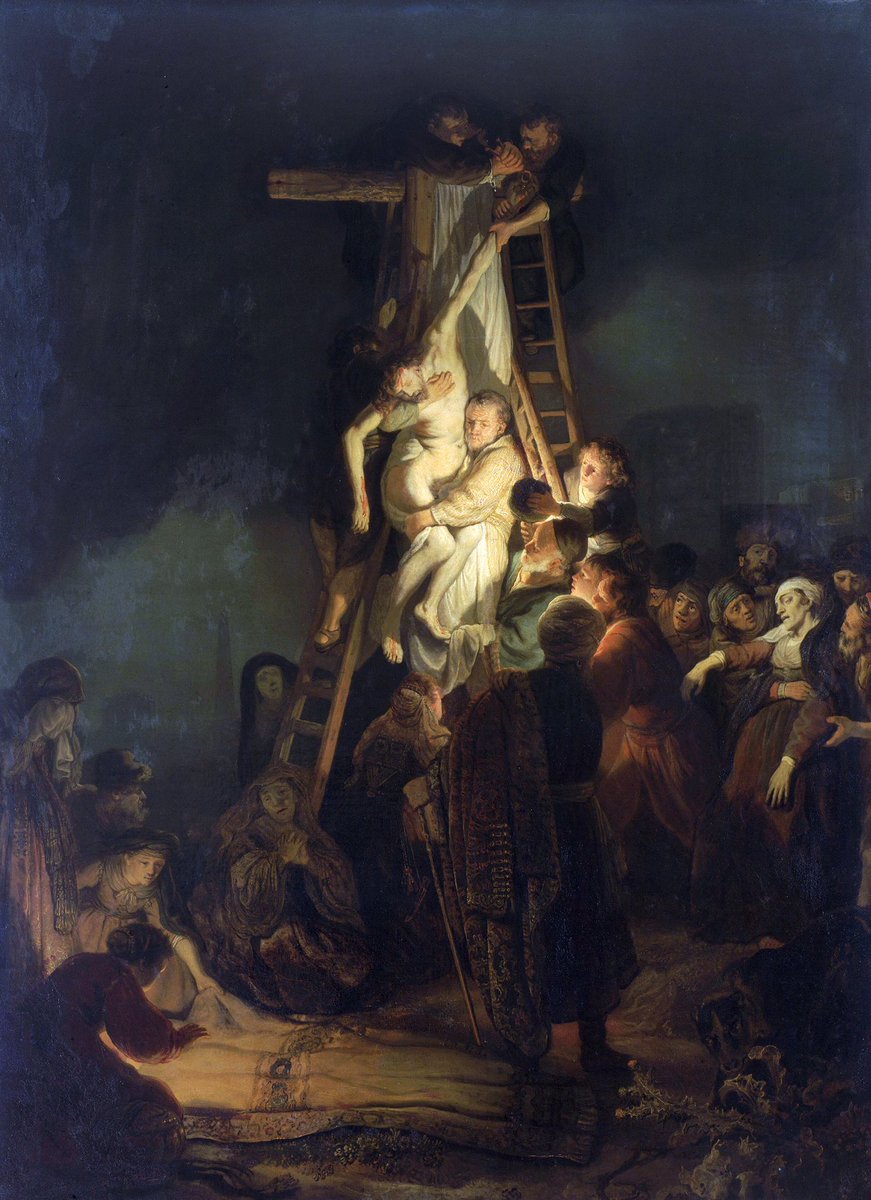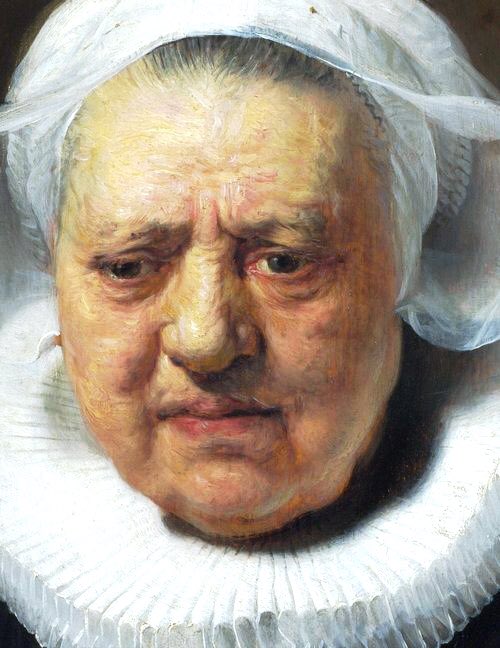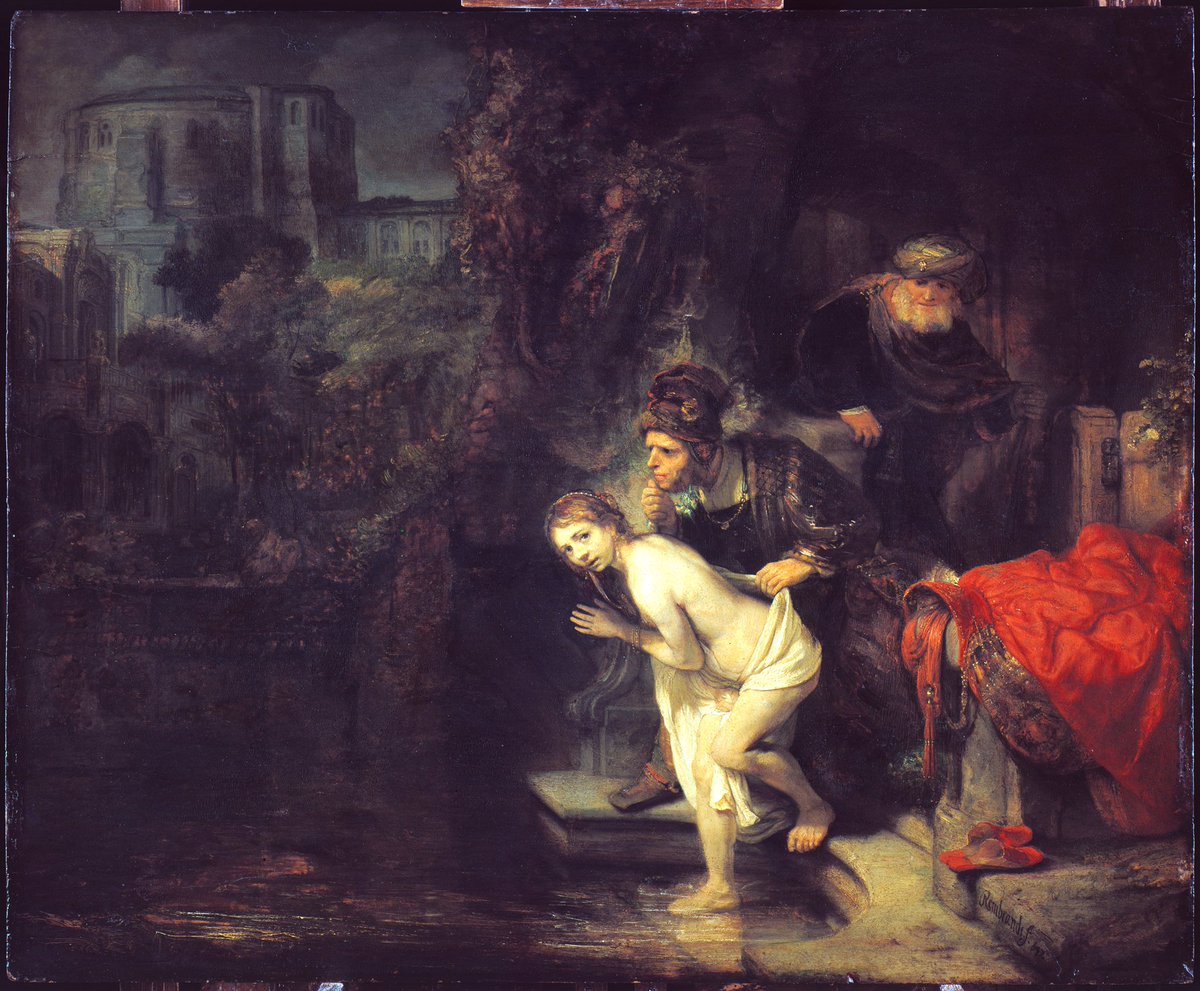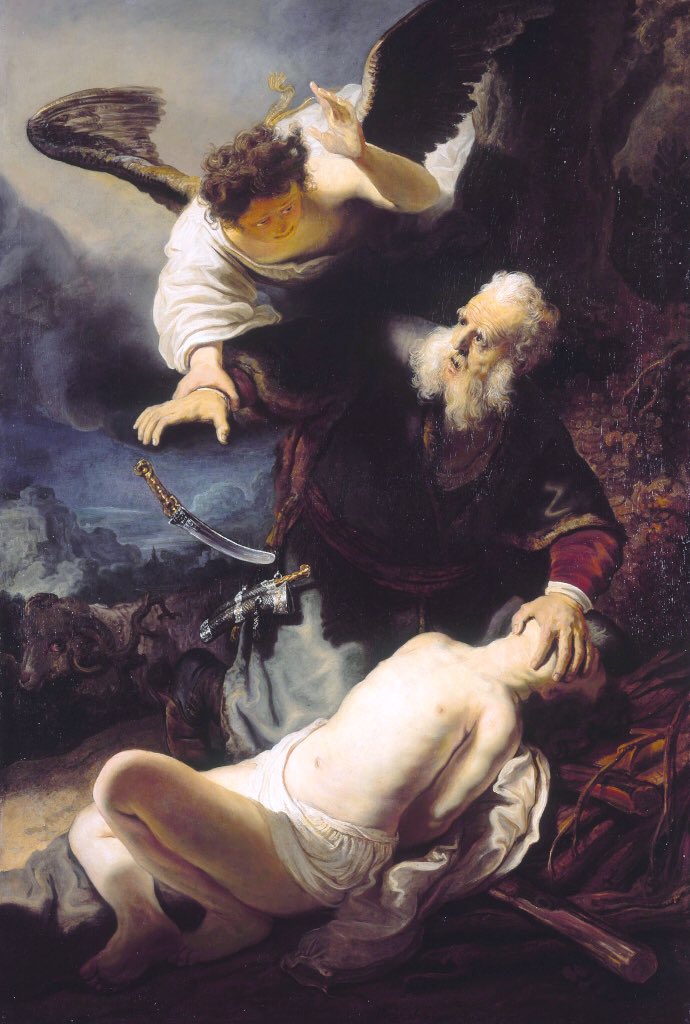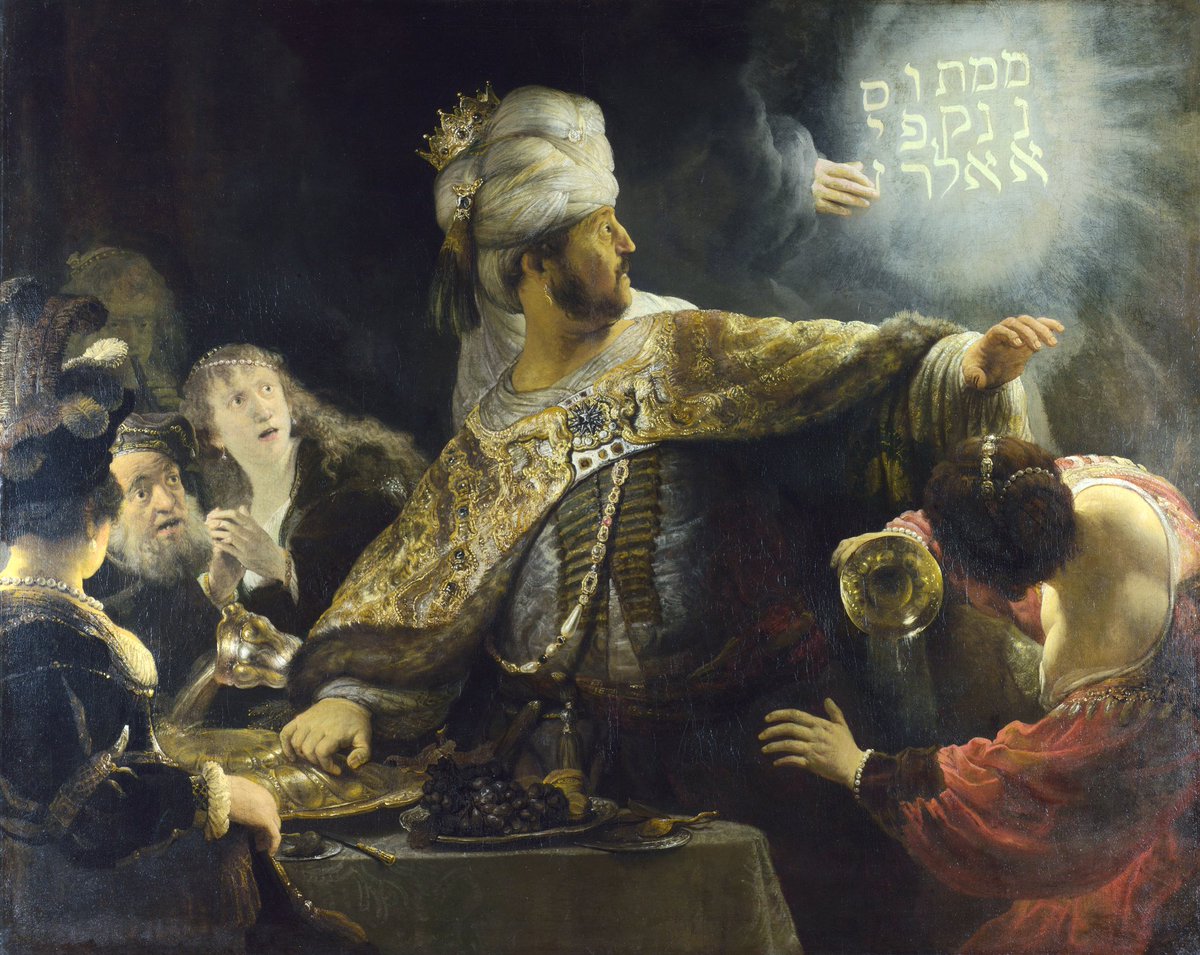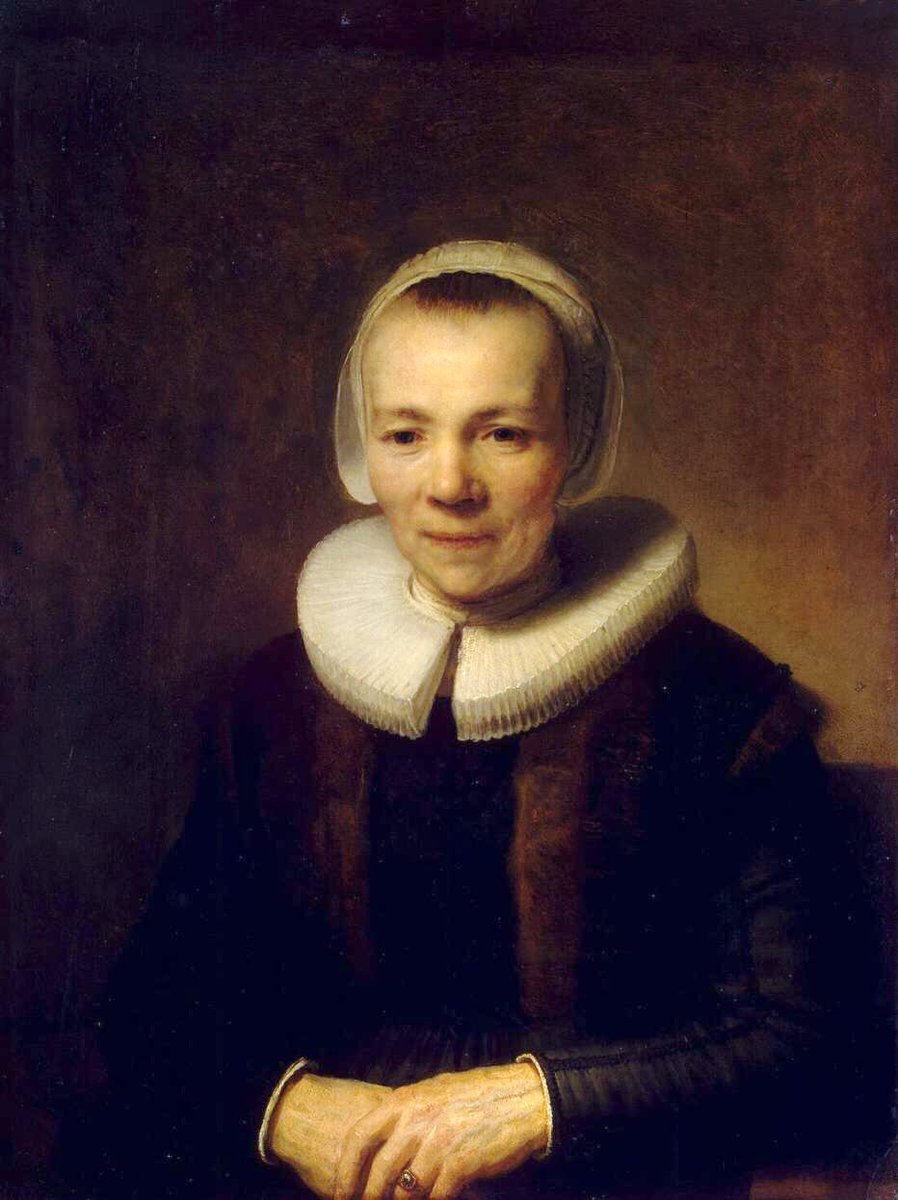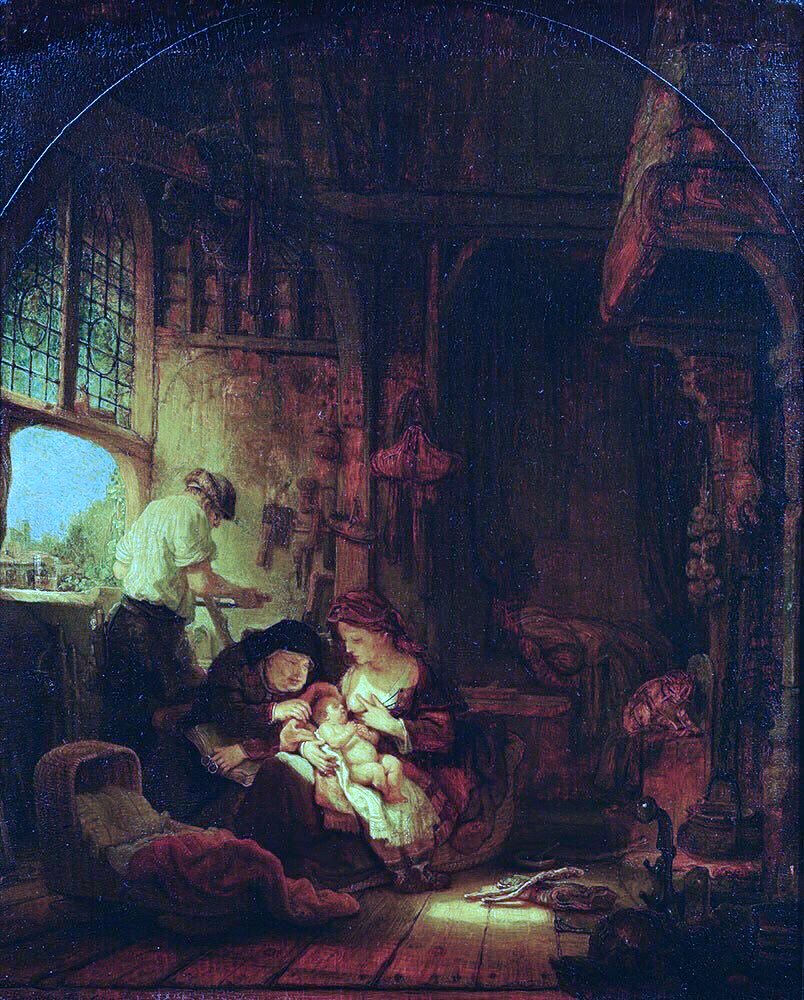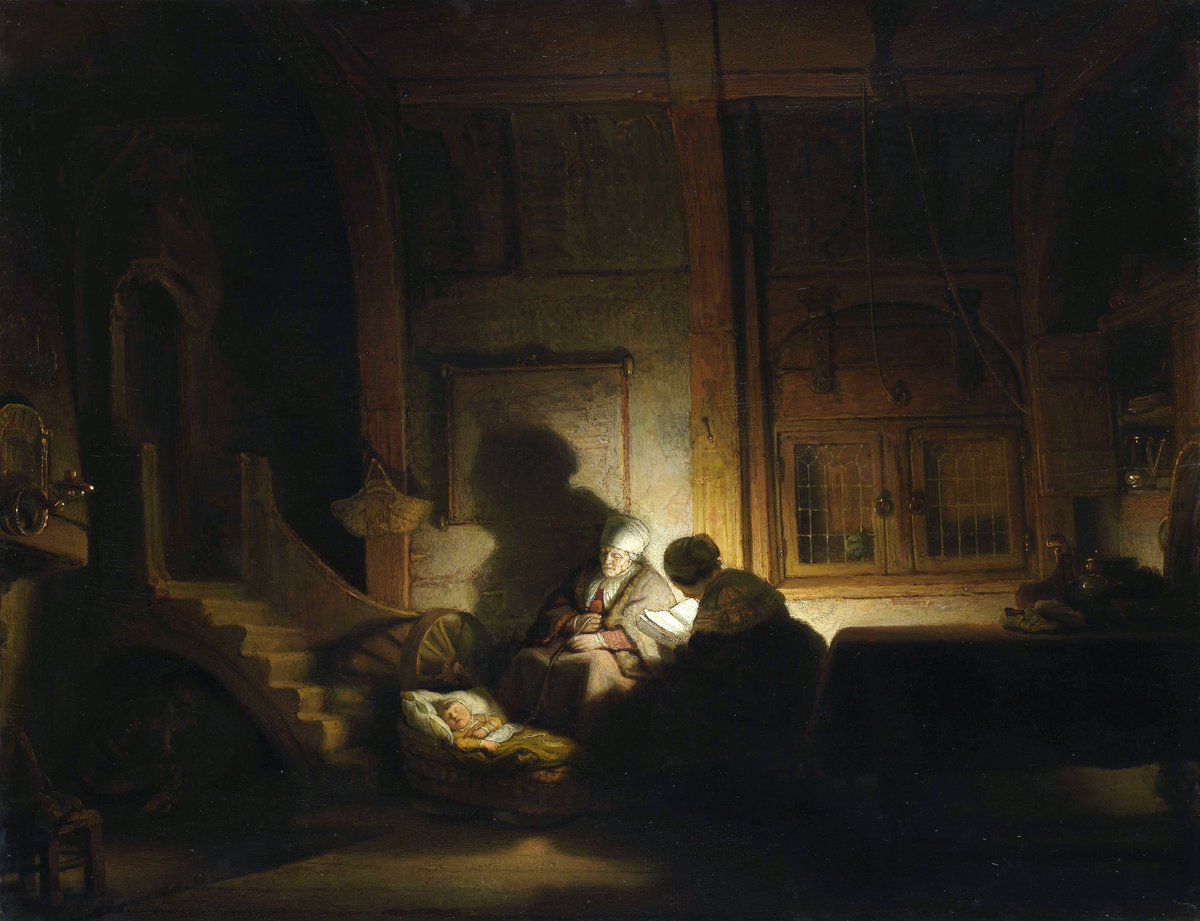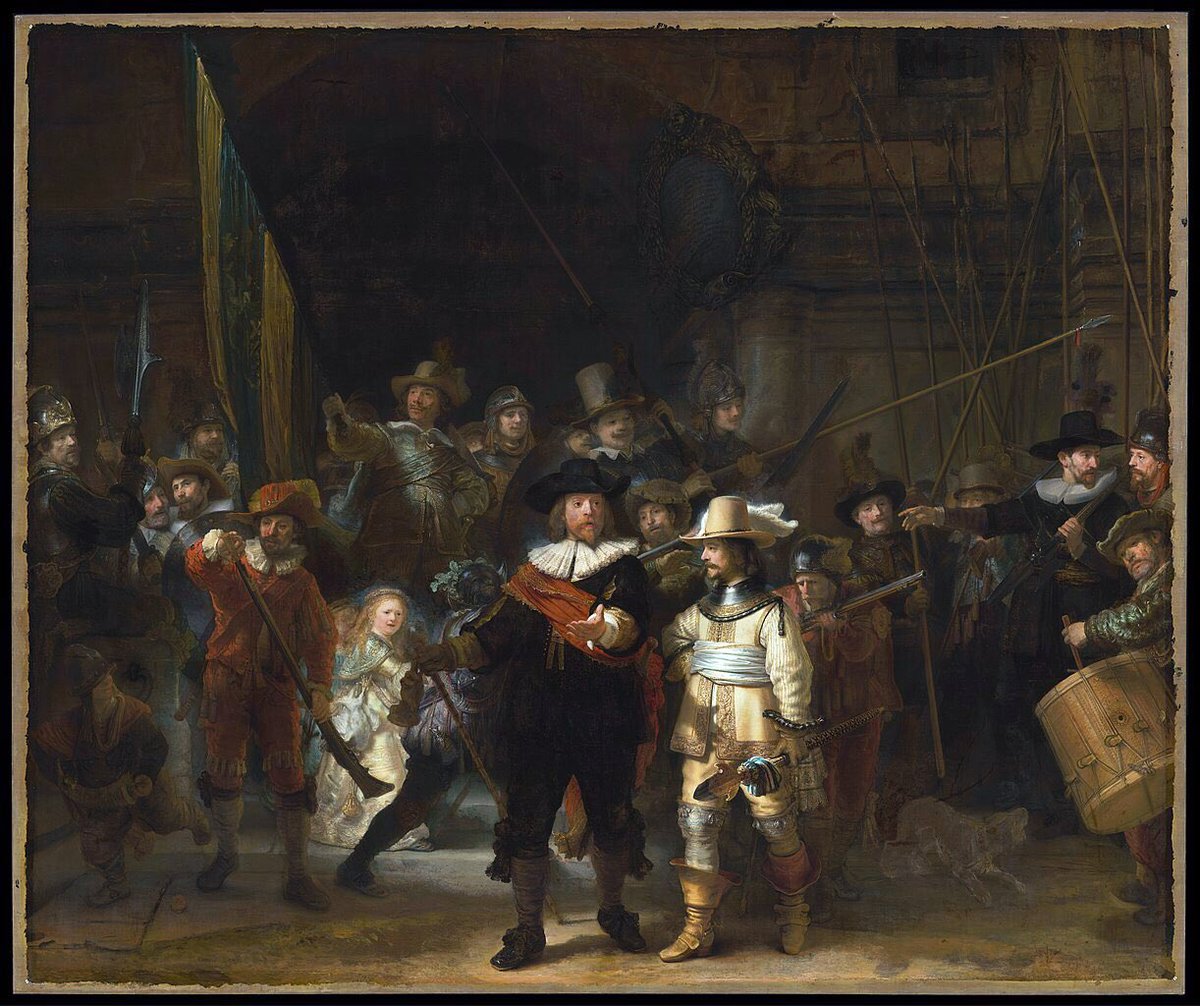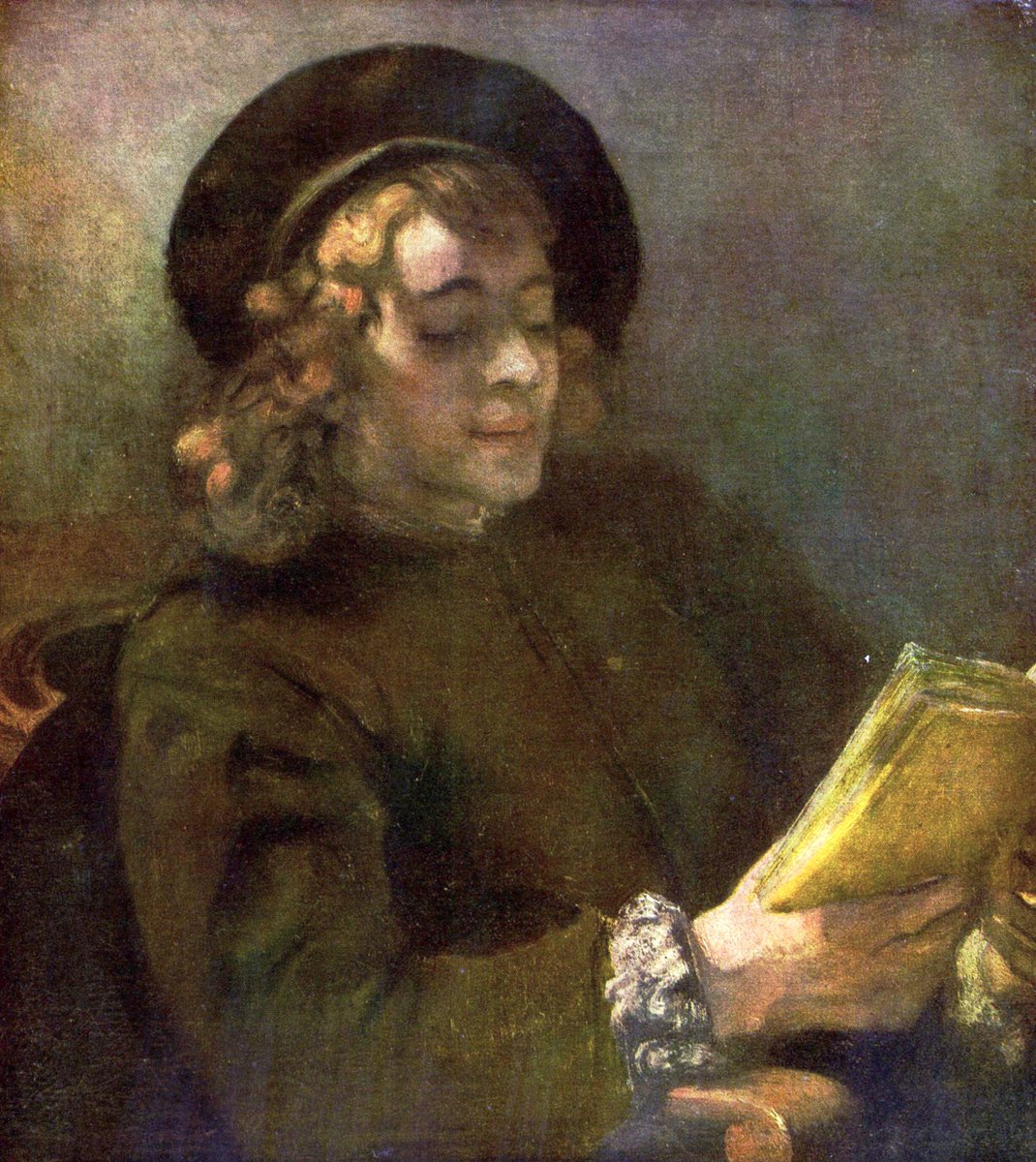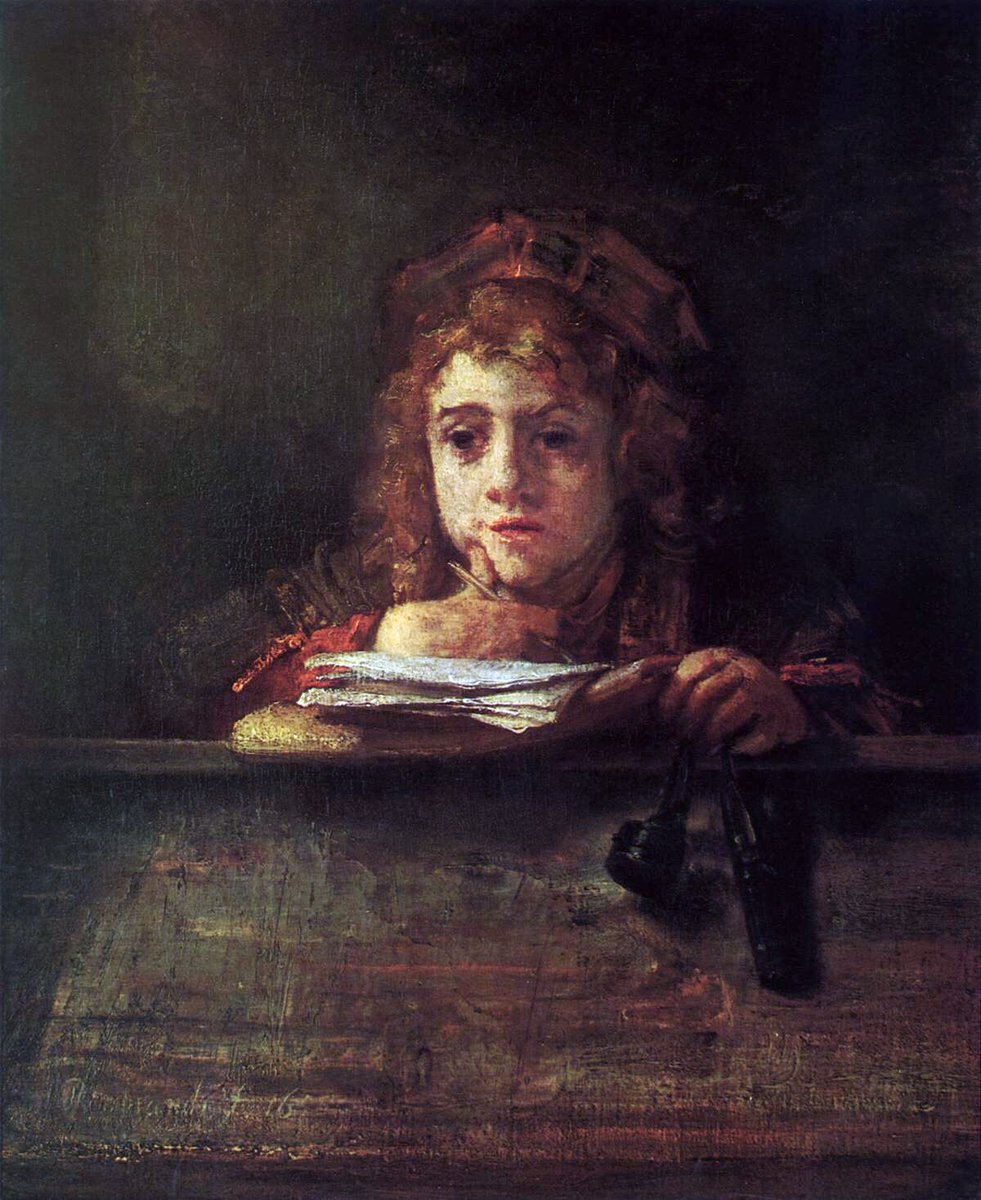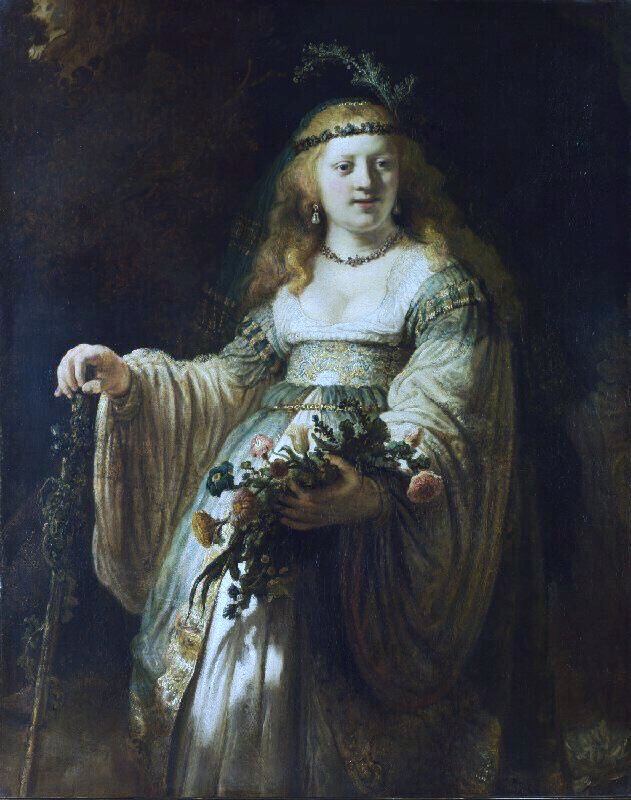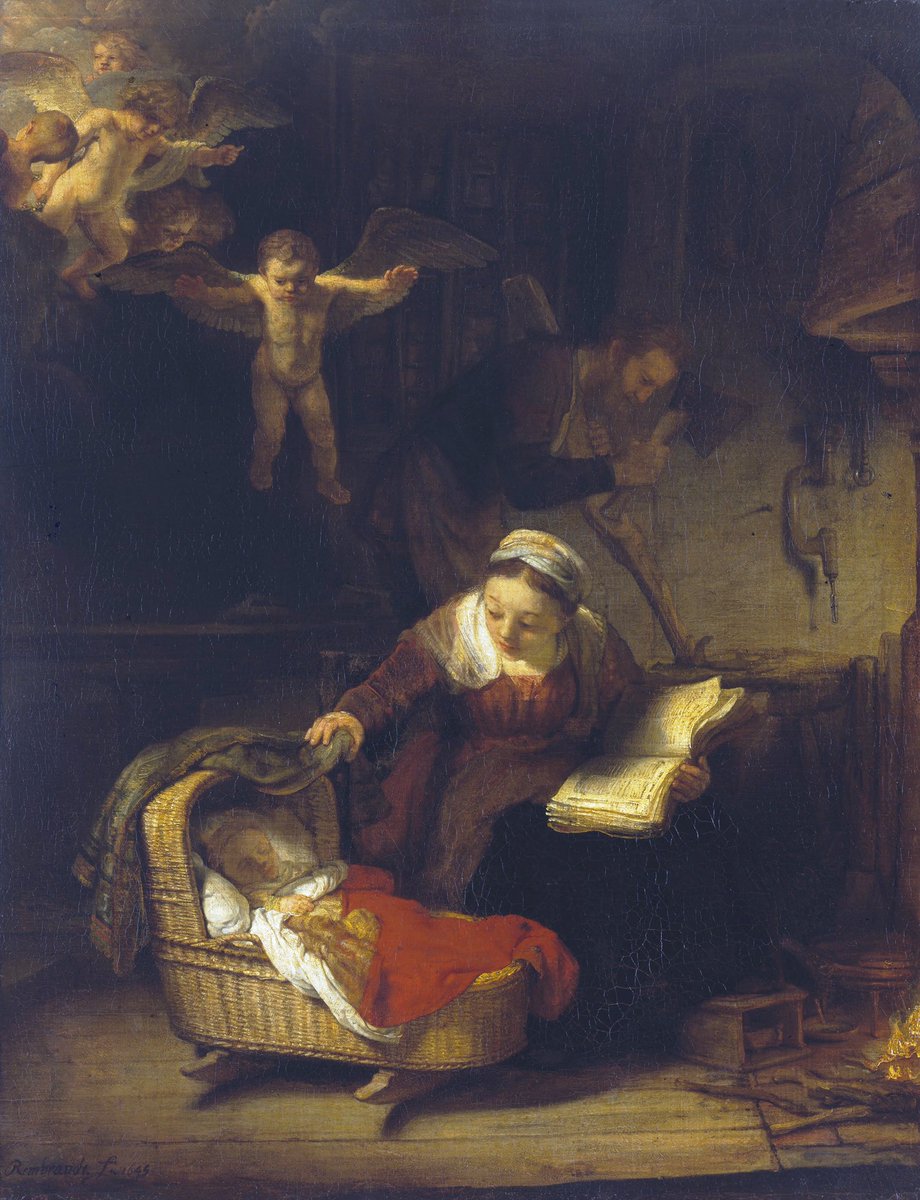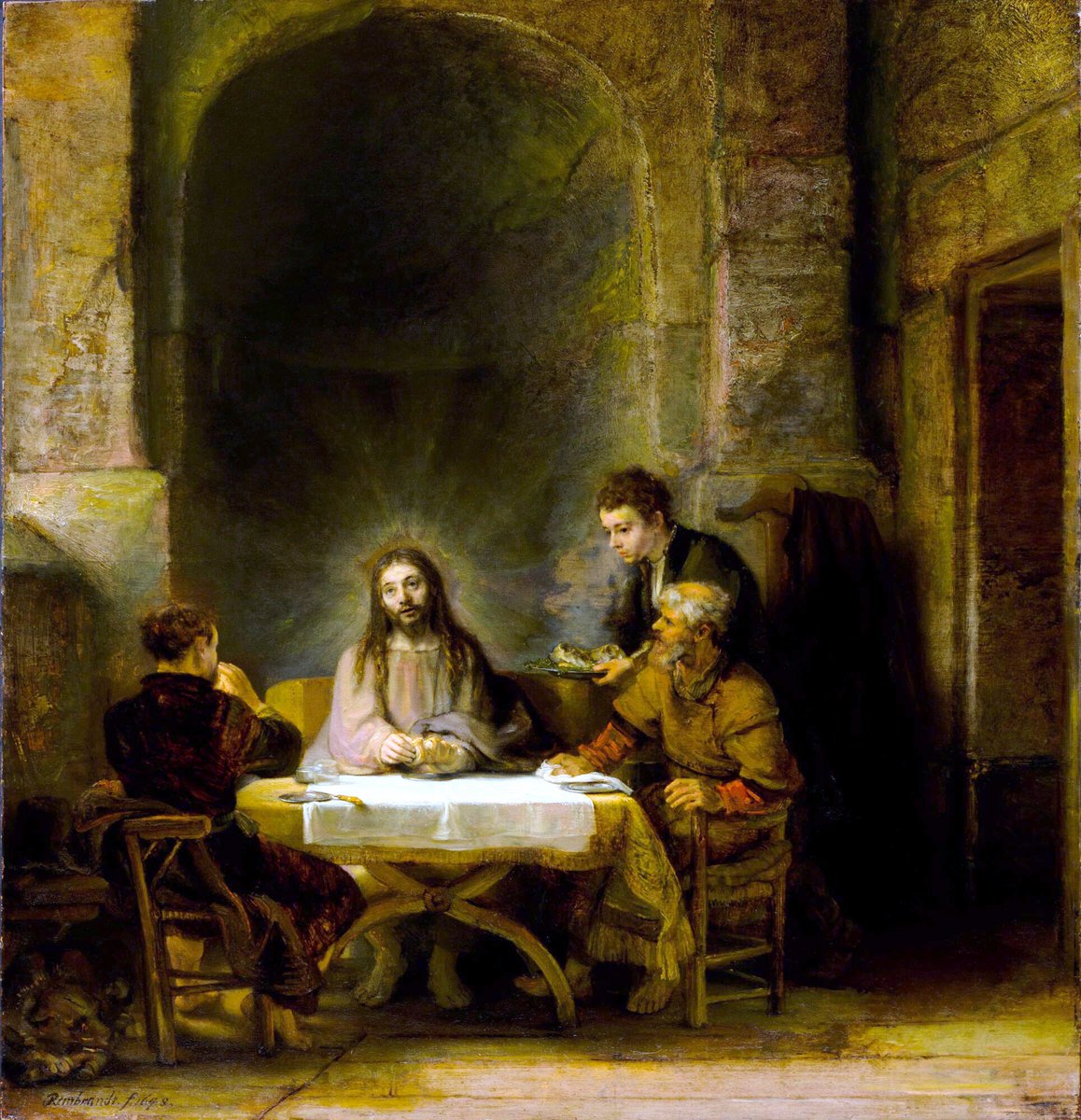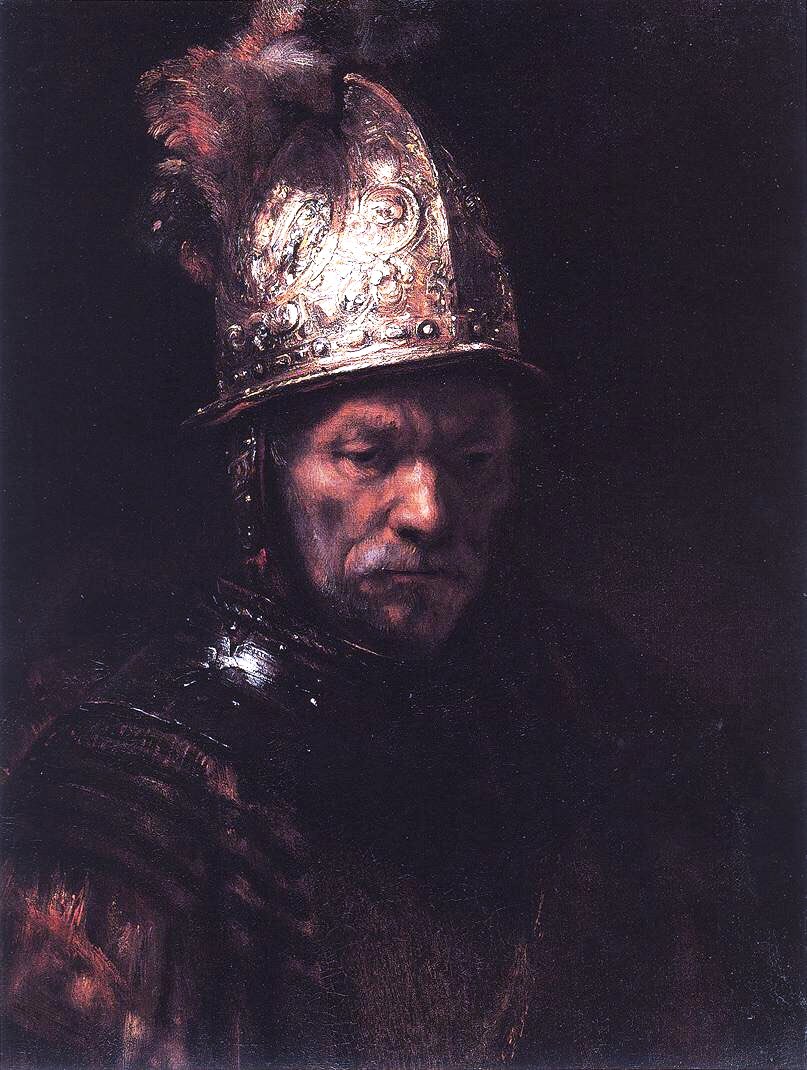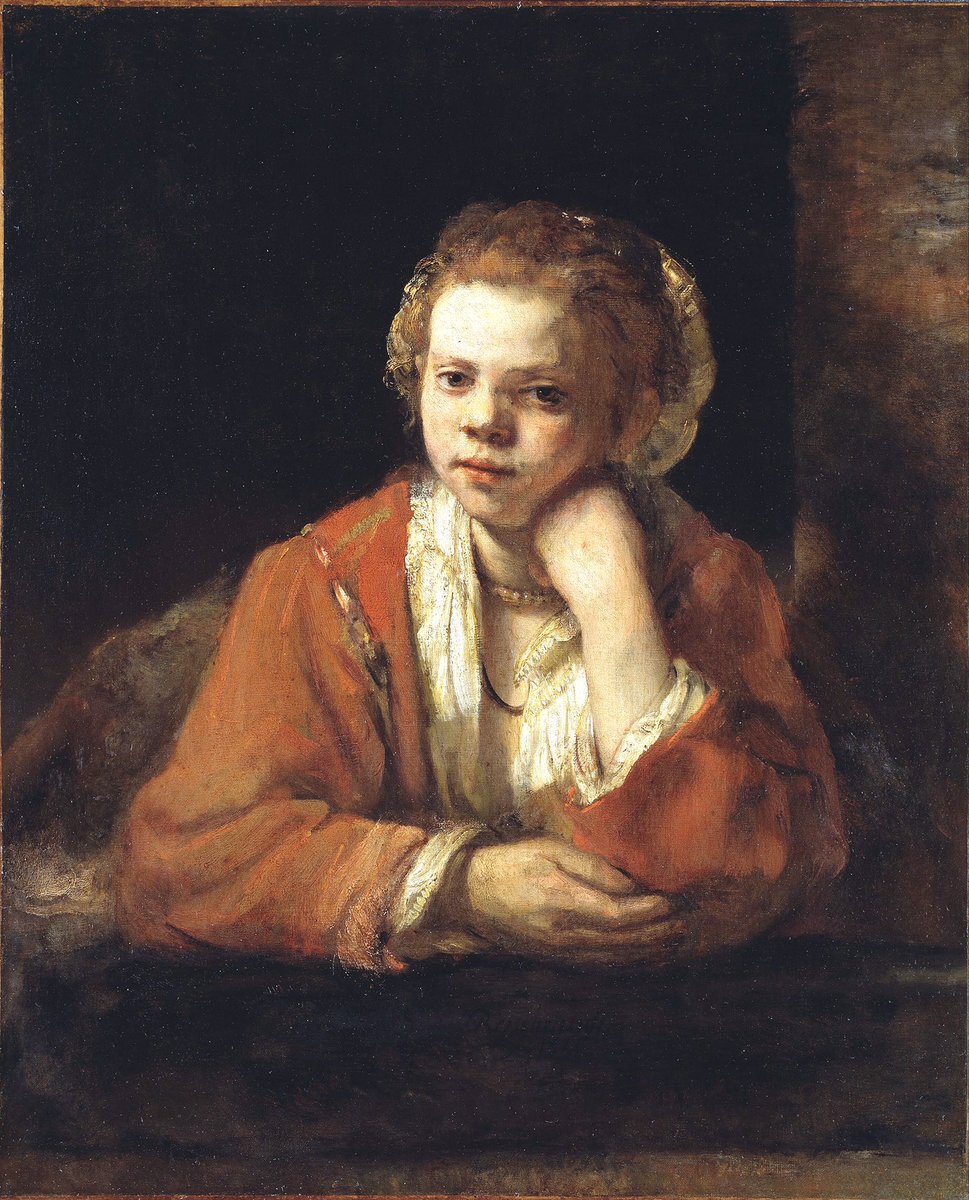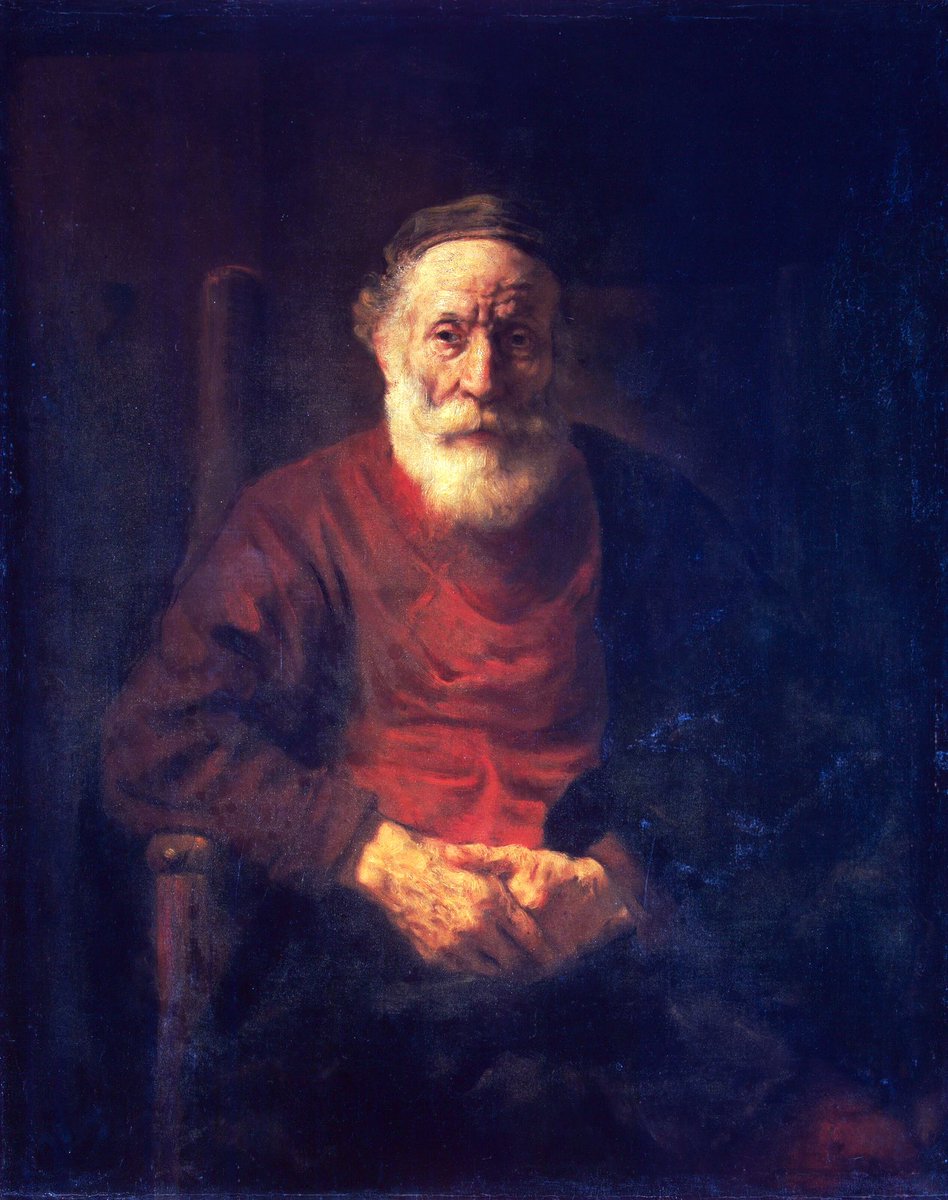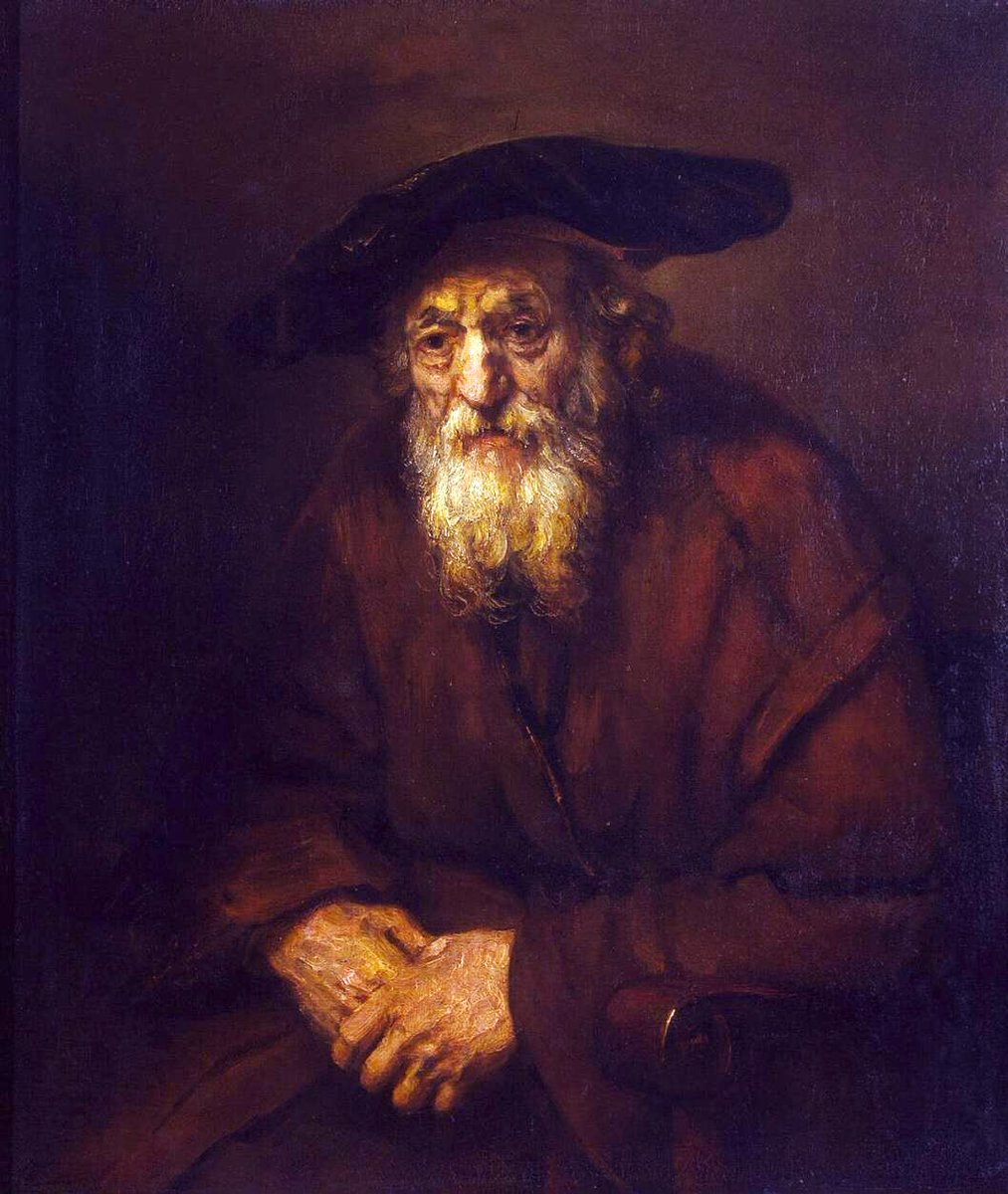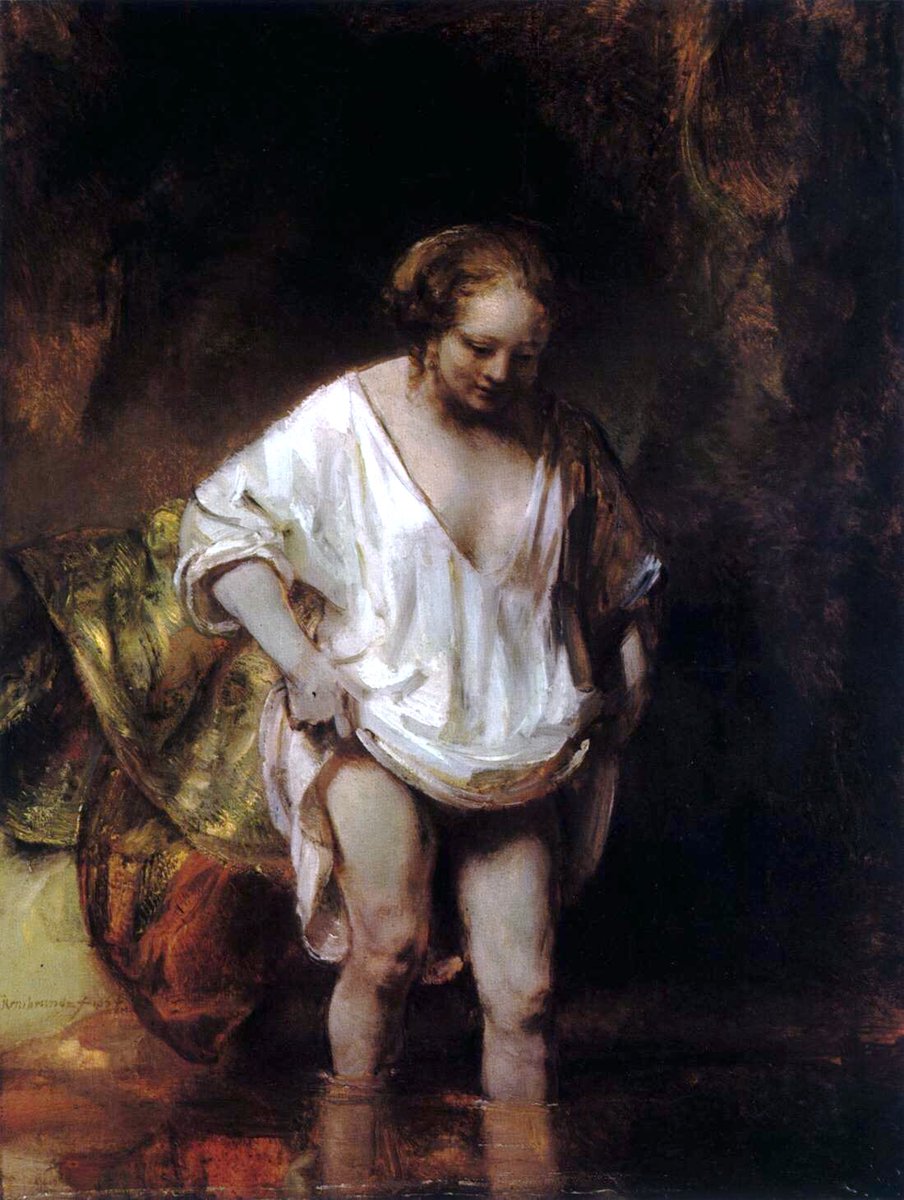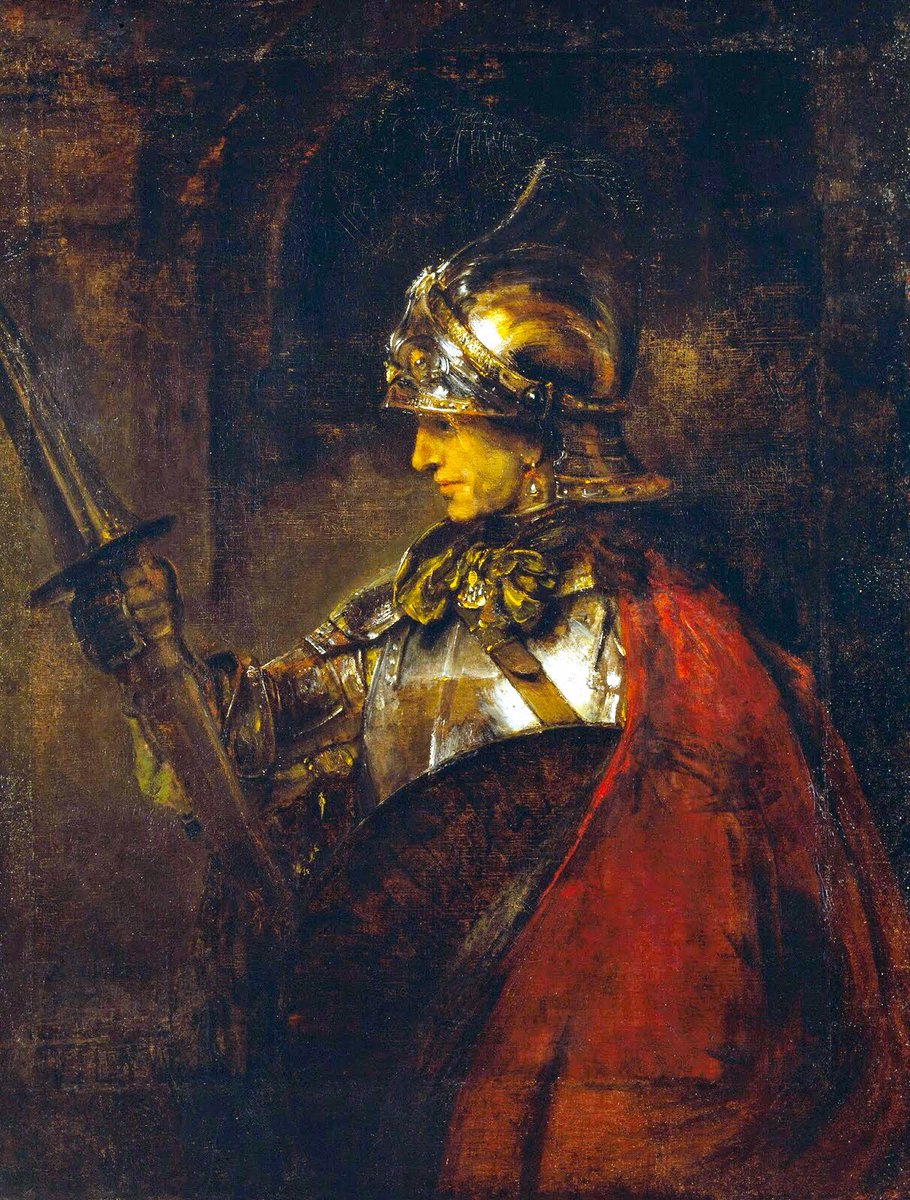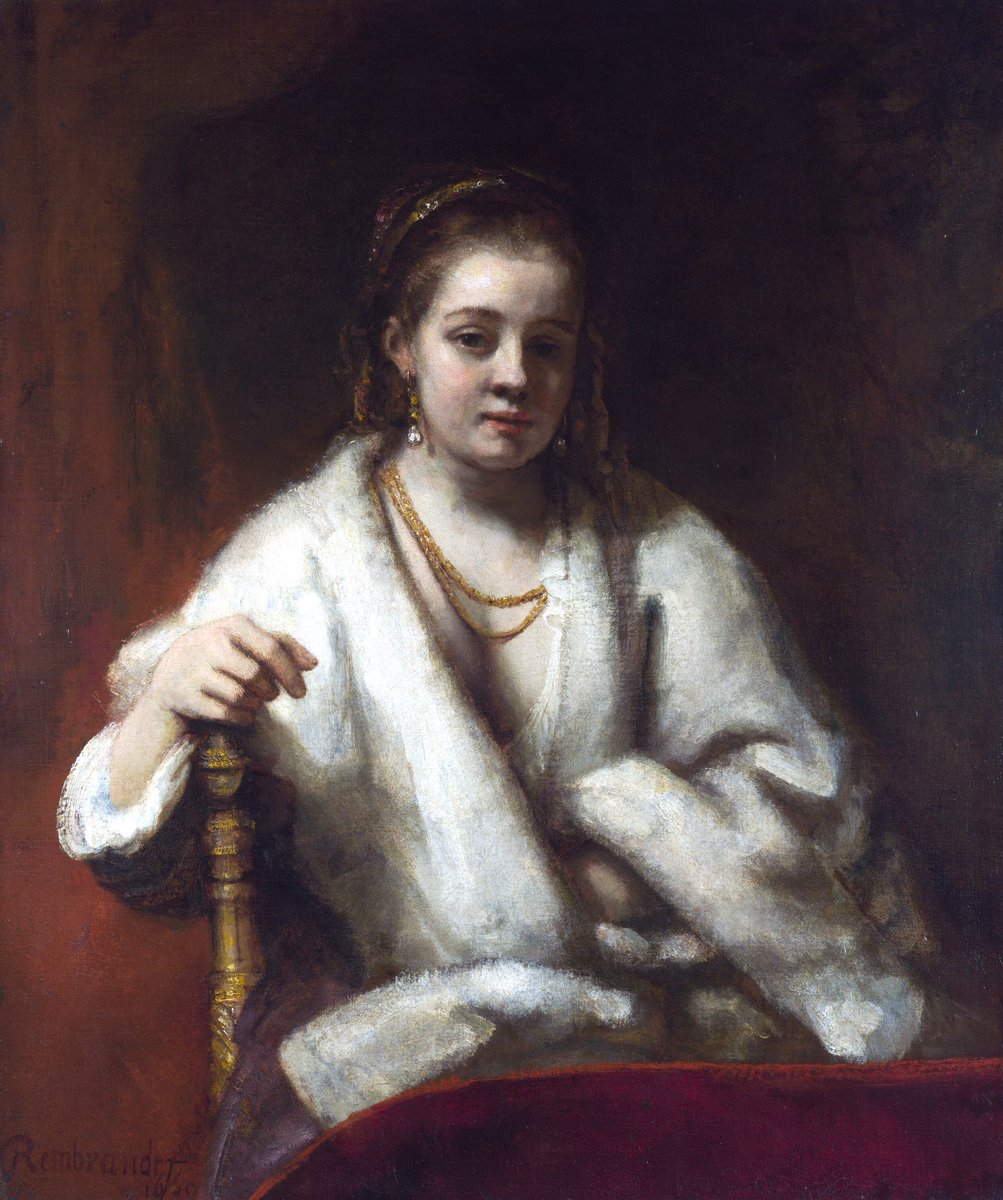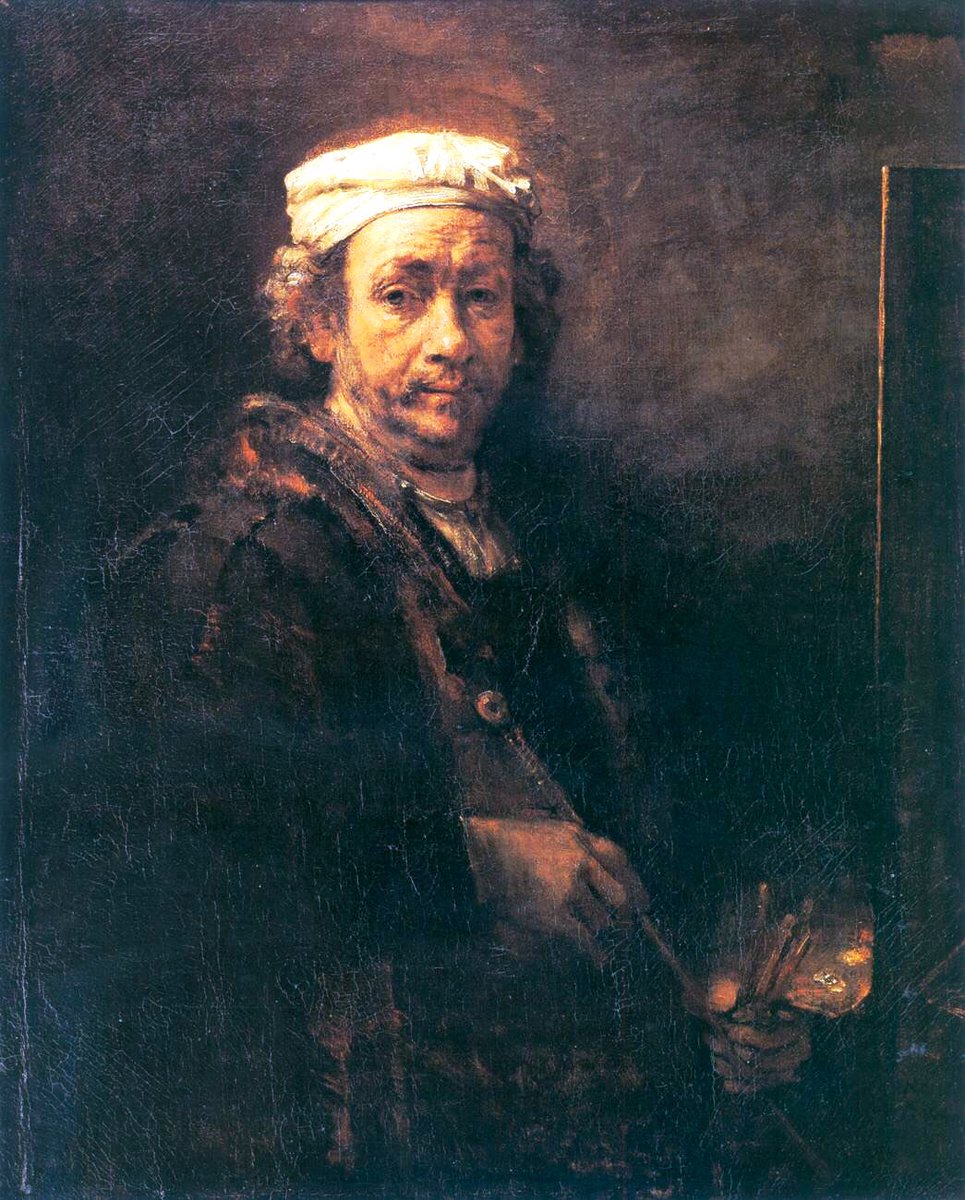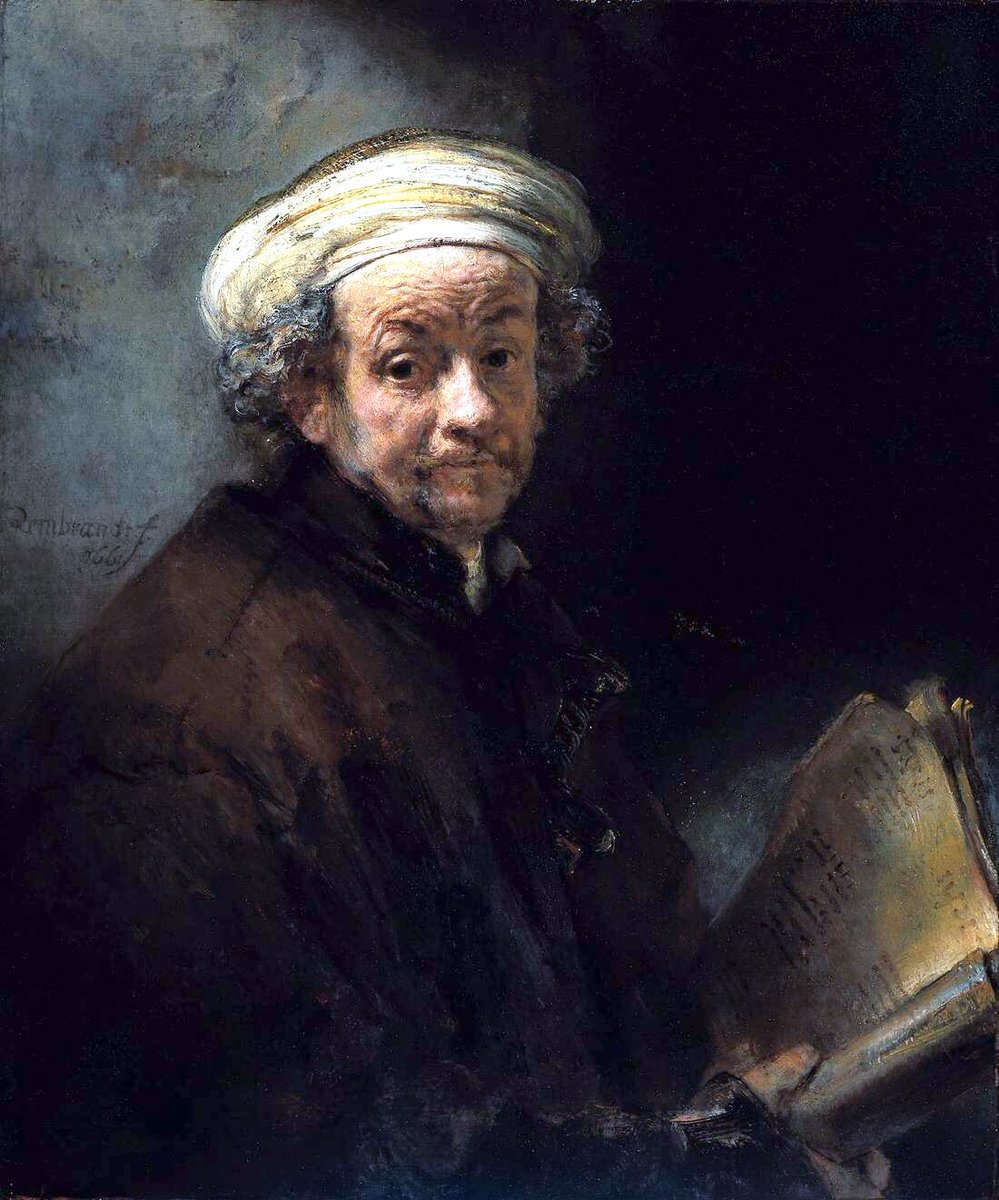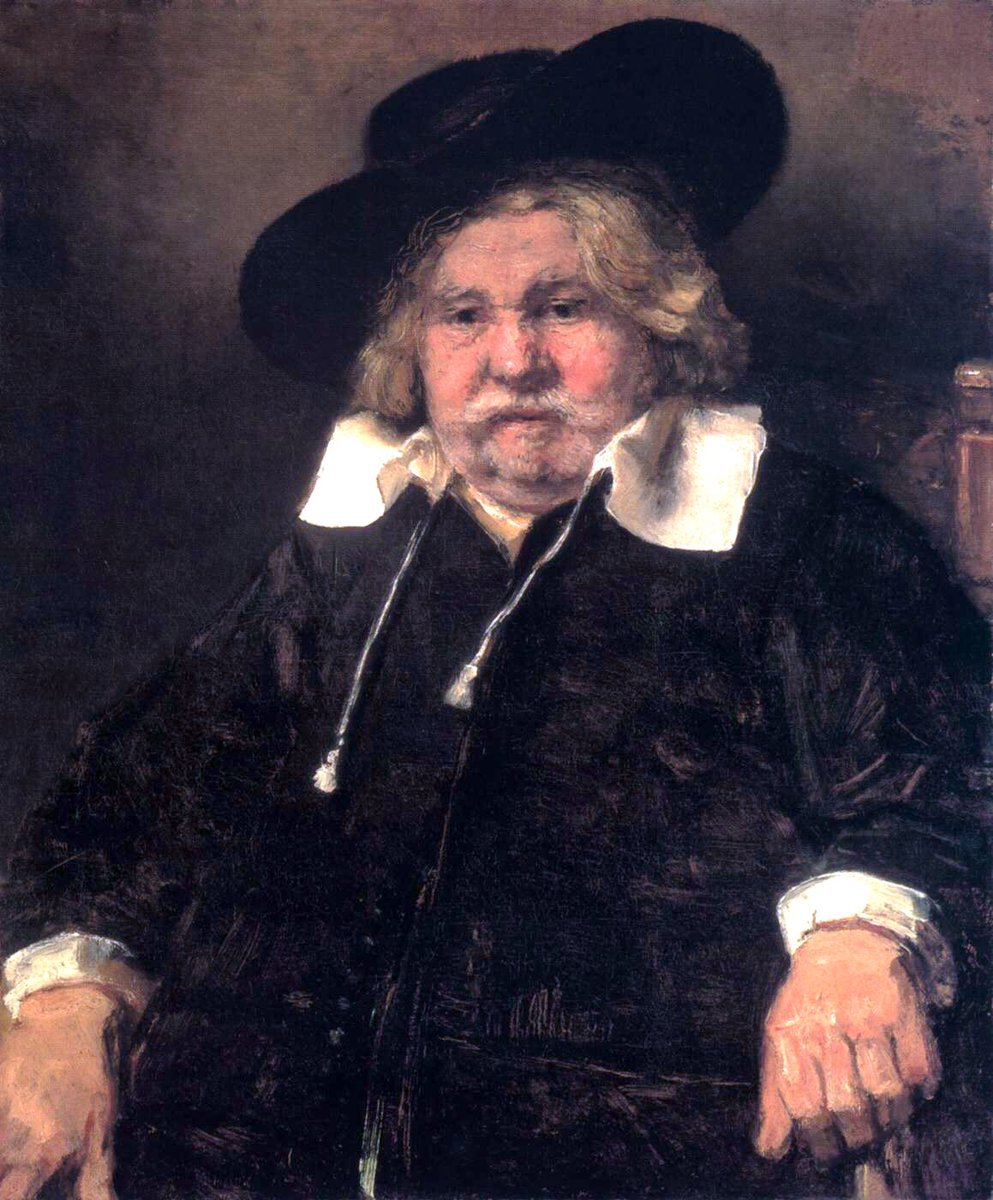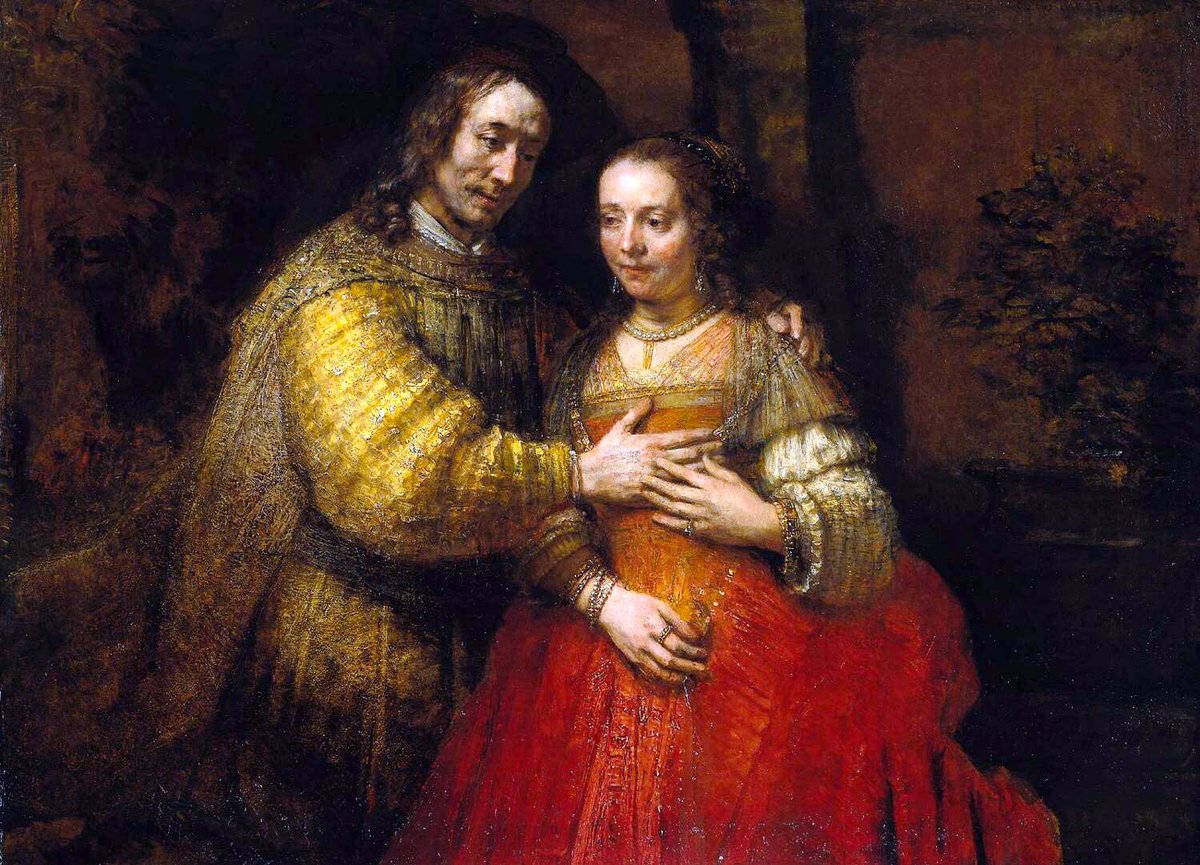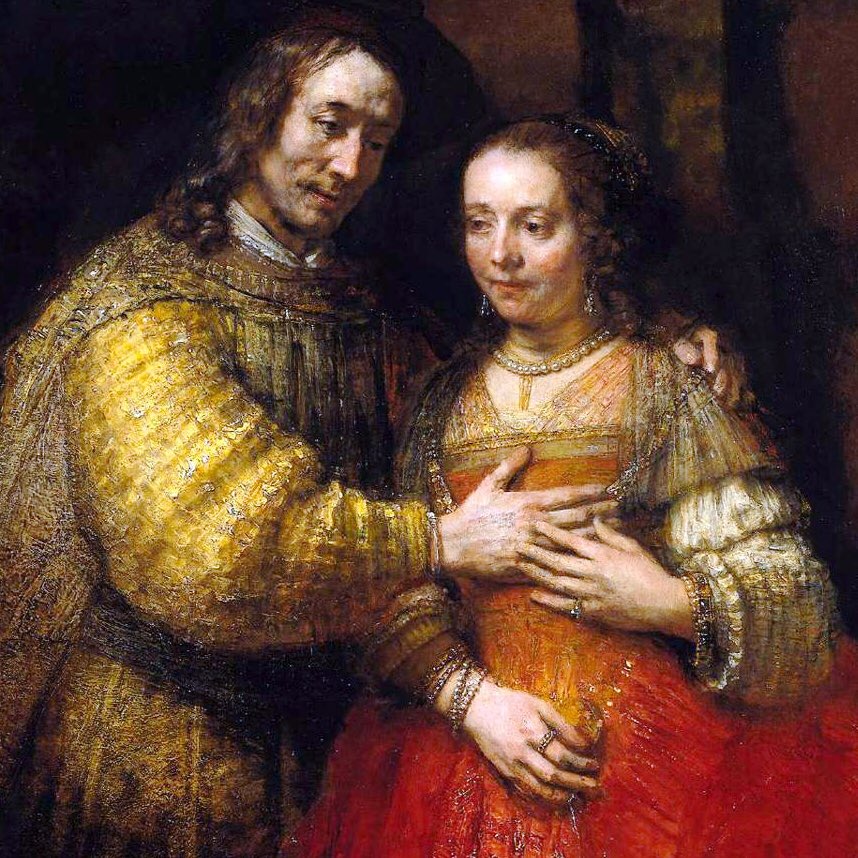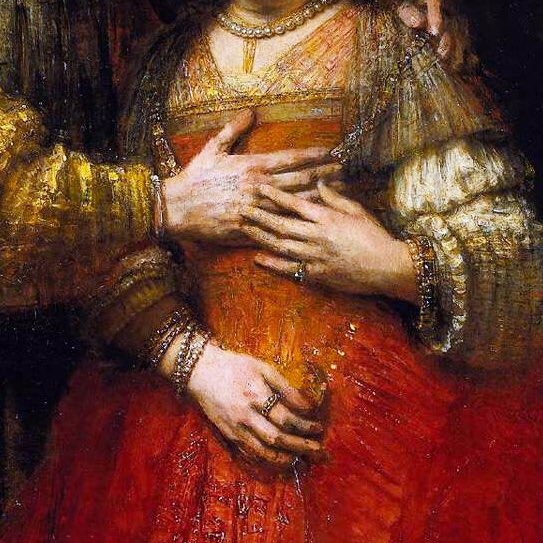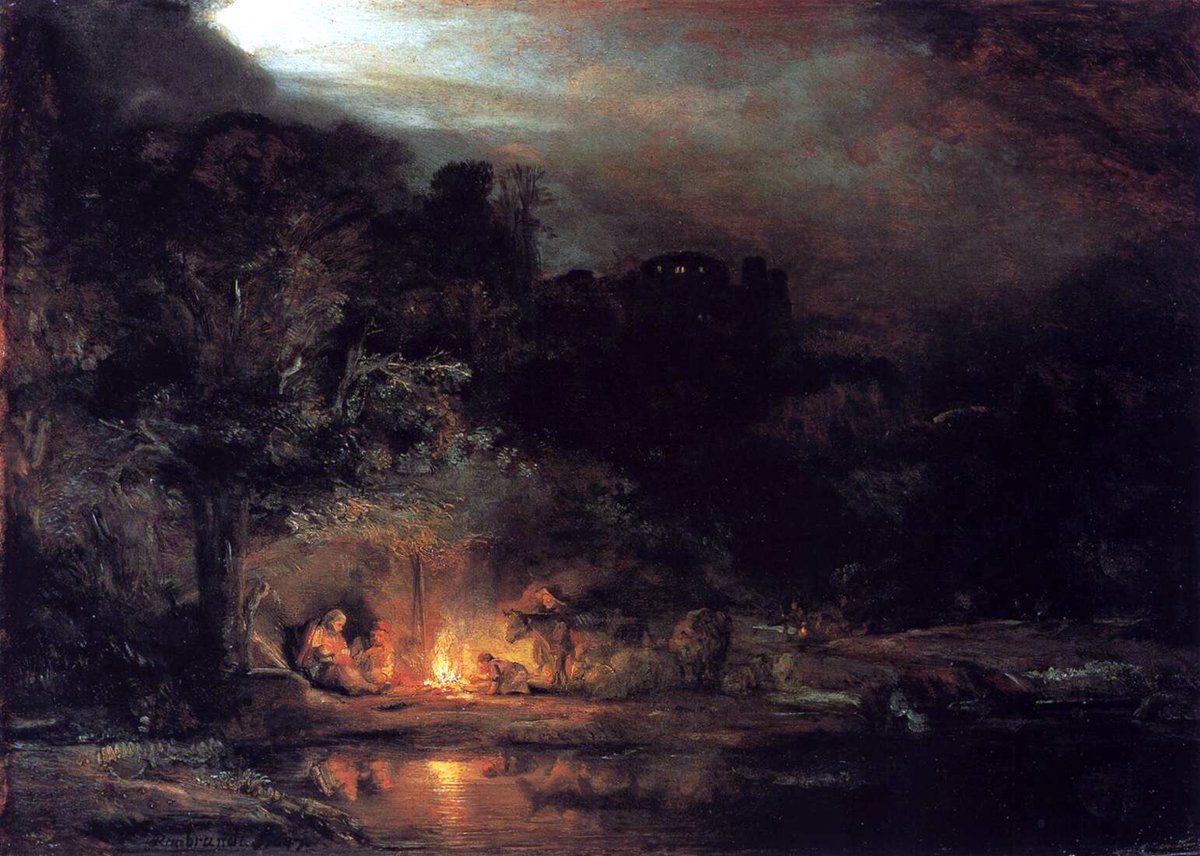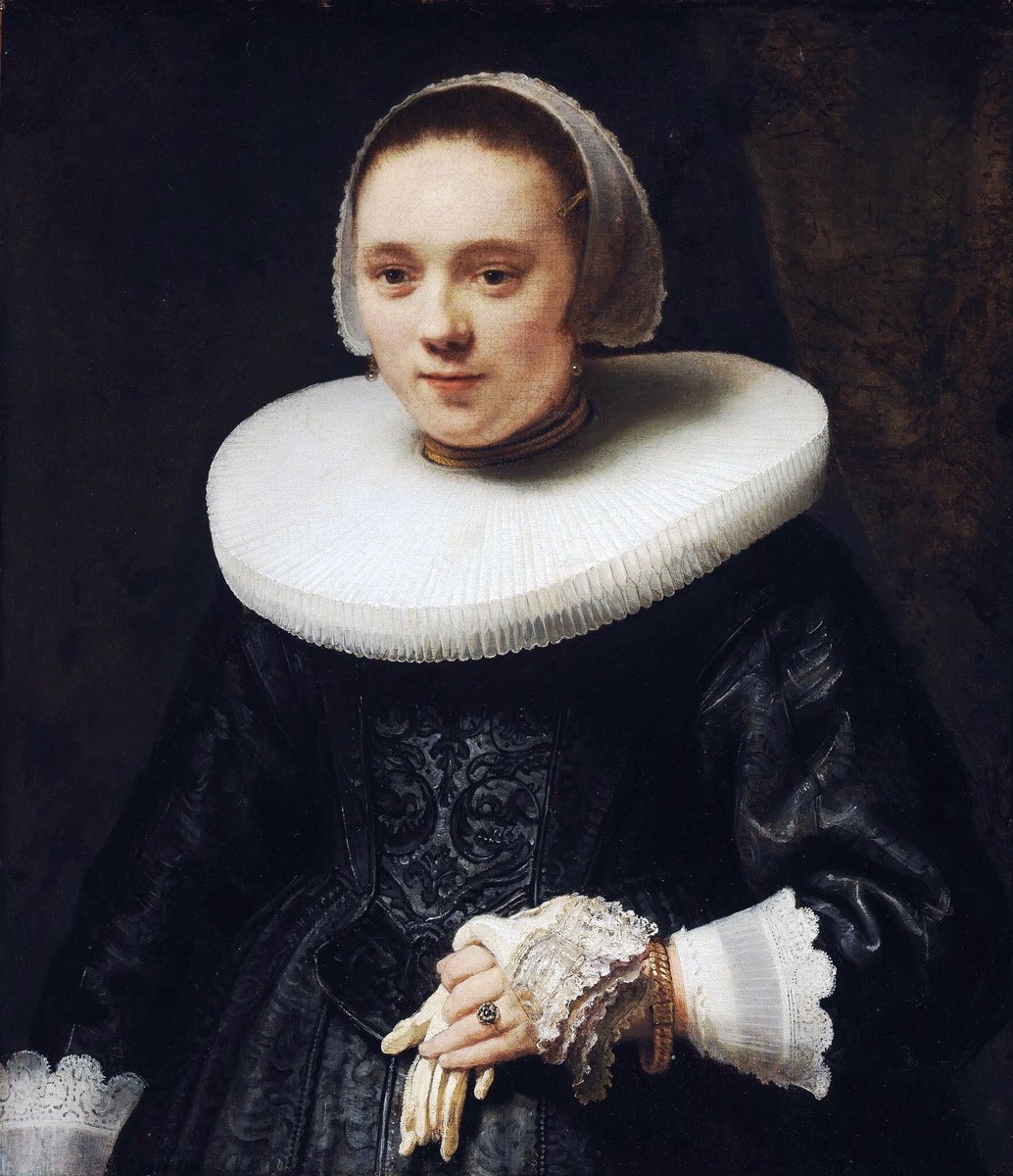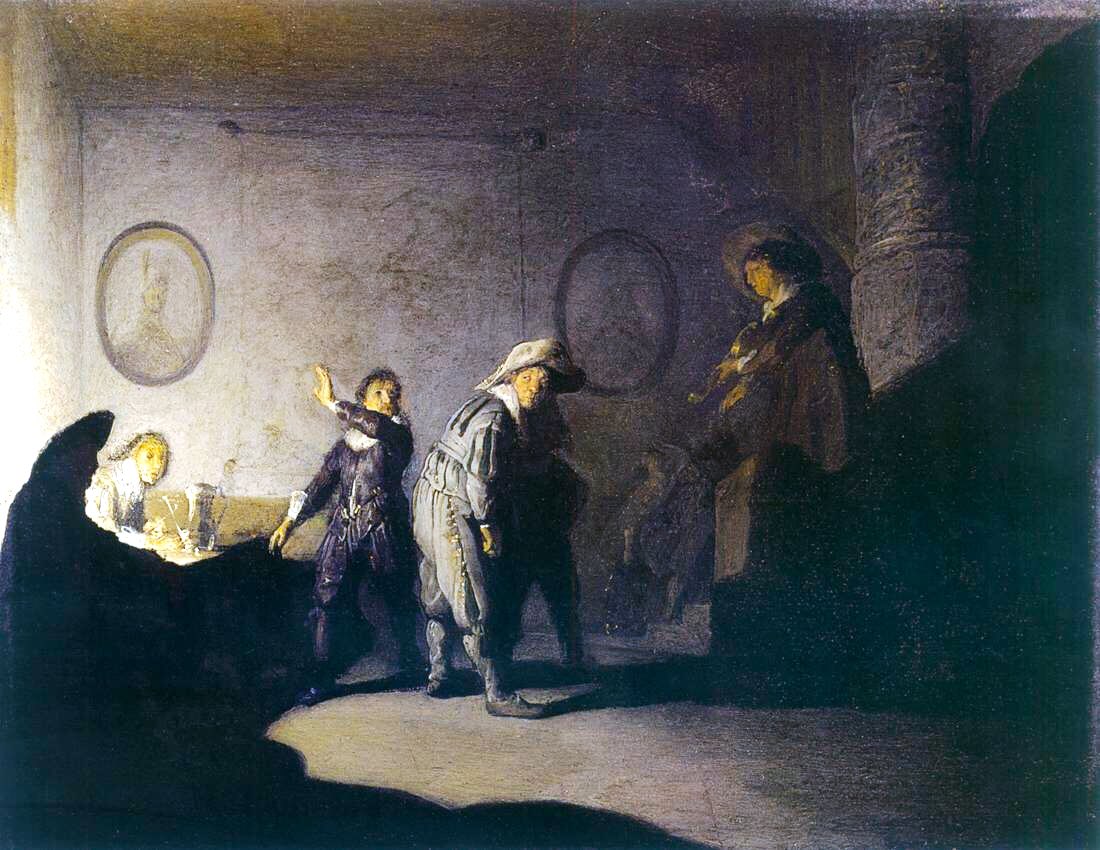Thread: There are few artists whose names are synonymous with art. Rembrandt is one of them (1606-69). His work is technically brilliant but also has the ability to convey empathetic emotion. Each painting is a world in itself. He died on this day.
Born in the University city of Leiden, his parents were comfortable - being a miller & the daughter of a baker. They were also a mixed marriage which allowed him to rise above the sectarianism of the 17th C. Touch, Smell & Sight (1624-5) storytelling was a thread through his work
Today is the last day of my two for one offer for just €149 (£140/$180) https://twitter.com/robertbohan/status/1312100221984272384">https://twitter.com/robertboh...
As a clever child he studied Latin & was enrolled in the Uni. However he quickly moved to studying under a Leiden painter (1620s) & later the Amsterdam artist, Pieter Lastman. The Stoning of S Stephen (1625) shows Lastman’s influence.
He was back in Leiden with his mate Jan Lievens & they opened a studio together (1624). He took students from 1627 (they had to pay fees). Rembrandt in his studio (1626-8), Tobit accusing Anna (1626) & Parable of the Rich Man (1627). The latter is an early masterpiece of light
Rembrandt depicted himself throughout his life with an honest openness to the extent that we feel we know him (1627 & 1628). He also painted & drew his mother (1628 & 1629). His approachability led to later groups trying to co-opt him. Even the Nazis tried to claim him!!
Success came with the patronage of Constantijn Huygens who got him commissions from the Court. Self-Portraits (1629 -1630). Here he shows himself (unconvinced) in glad-rags & more honestly pulling faces. The latter is the greatest self-portrait, in history, in my opinion
Rembrandt always showed a great deal of empathy & respect towards the elderly. With astonishing ability he creates psychologically profound stories in his pictures. St Paul (1629-30), Anna & the Blind Tobit (c1630), Jeremiah (1630) & A Man taking a Leak (1631)
Self-portraits (1630). A key part of his early success was the production of prints. These raised his fame nationally & internationally & were a lucrative financial resource. He was following, here, a traditional Dutch interest in expressions in depicting himself.
He moved to Amsterdam in 1631 & married Saskia in 1634. He continued to take on students & do some private picture dealing. It’s at this time (1631) he created his honest etchings of women in various guises. Not for him the idealised nude! He was a true lover of women
His portraits were sought after & triumphs of the art. Nicolaes Ruts (1631), Anatomy Lesson of Dr Tulp (1632) & Jacob III de Gheyn (1632). The Anatomy is justly famed for the true-to-life curiosity of the observers & Rembrandt’s novel composition
One of my favourite works by him is Philosopher in Meditation (1632). Here the light of wisdom illuminates ignorance & the winding stair demonstrates the elevation & curious paths of knowledge- a tour-de-force! Visit it in the Louvre, Paris
His portraits are powerful images of his sitters. Centuries later we feel we have some understanding of who these people were & how they felt. Johannes Wtenbogaert (1633), Artemisia (1634), Descent from the Cross (1634) & Aechje Claesdar (1634)
Susannah (c1634), Sacrifice if Isaac (1635), Belshazzar’s Feast (1636) & Portrait of Baartgen Martens Doomer (1640). Story telling is all in his religious works - tenseness, vulnerability & surprise. His portrait of Baartgen is a moving image of empathy.
In 1639 they moved to the Rembrandt House Museum building. It was a Jewish area & he made friends & depicted ideas & traditions from Jewish life in many of his pictures. Carpenter’s Shop (1640), Anslo Double Portrait (1641), Holy Family (1640s) & Night Watch (1642)
Rembrandt’s beloved son Titus was born in 1641 but Saskia died in 1642. Titus would look after his dad & rescue him from his spendthrift ways. Titus (1655, 1656 & 1657) & Saskia (1635)
In the 1640s Hendrickje came into his life & would become his muse & life partner. Girl at a Window (1645), Holy Family (1645), Adoration of the Shepherds (1646) & Supper At Emmaus (1648). The latter shows he was looking at Titian (one of his favourite artists)
The 1650s were difficult as his abundant spending left him heavily in debt. He was forced to sell his home & collections. Man in Golden Helmet (1650), Kitchen Maid (1651), Portrait of an Old Man (1652-4) & Portrait of an Old Jew (1654)
With time Rembrandt’s technical ability continuously evolved & his genius grew. Woman Bathing (1654), Man in Armour (1655), Hendrickje (1659) & Portrait of the Artist At his Easel (1660). His self-portrait is testament to that genius
In 1661 he was commissioned to paint for the Palace in the Dam. His work, being too avant-garde for the conservative burghers was rejected. Self Portrait as Paul (1661), Sampling Officials of the Drapers’ Guild (1662), Portrait of an Old Man (1667) & Self-portrait (1668-9)
Sadly both Titus & Hendrickje died before he did. Such was his poverty he was buried in an unmarked grave in the Westerkerk. In my opinion his greatest work was The Jewish Bride (1667). The interplay of hands & tenderness has never been equalled
For Irish people there are a number of important Rembrandt’s in the National Gallery. His Rest on the Flight (1647), the Demidoff Rembrandt (1632-3) & La Main Chaude (c1628). The latter shows a beer drinking game involving slapping a player on the bottom in the dark...
Here’s more on my special offer which ends today: https://twitter.com/robertbohan/status/1312396772552122373">https://twitter.com/robertboh...

 Read on Twitter
Read on Twitter

